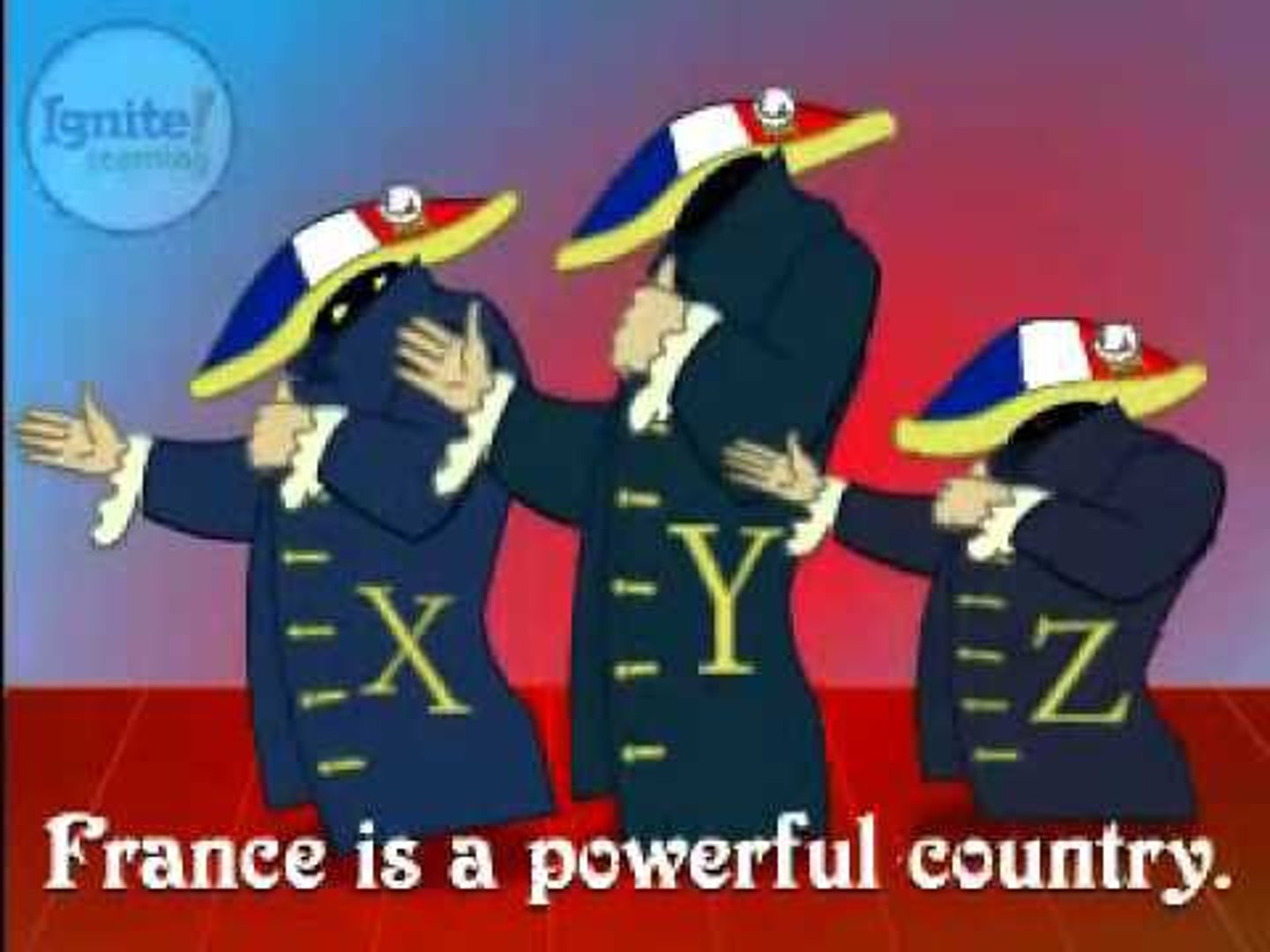AMSCO AP US History Chapter 6
1/54
There's no tags or description
Looks like no tags are added yet.
Name | Mastery | Learn | Test | Matching | Spaced |
|---|
No study sessions yet.
55 Terms
James Madison
He is one of the people who wrote the Constitution, and he is known as the Father of the Constitution. He was later elected president in 1808, and served for two terms. (p. 104)
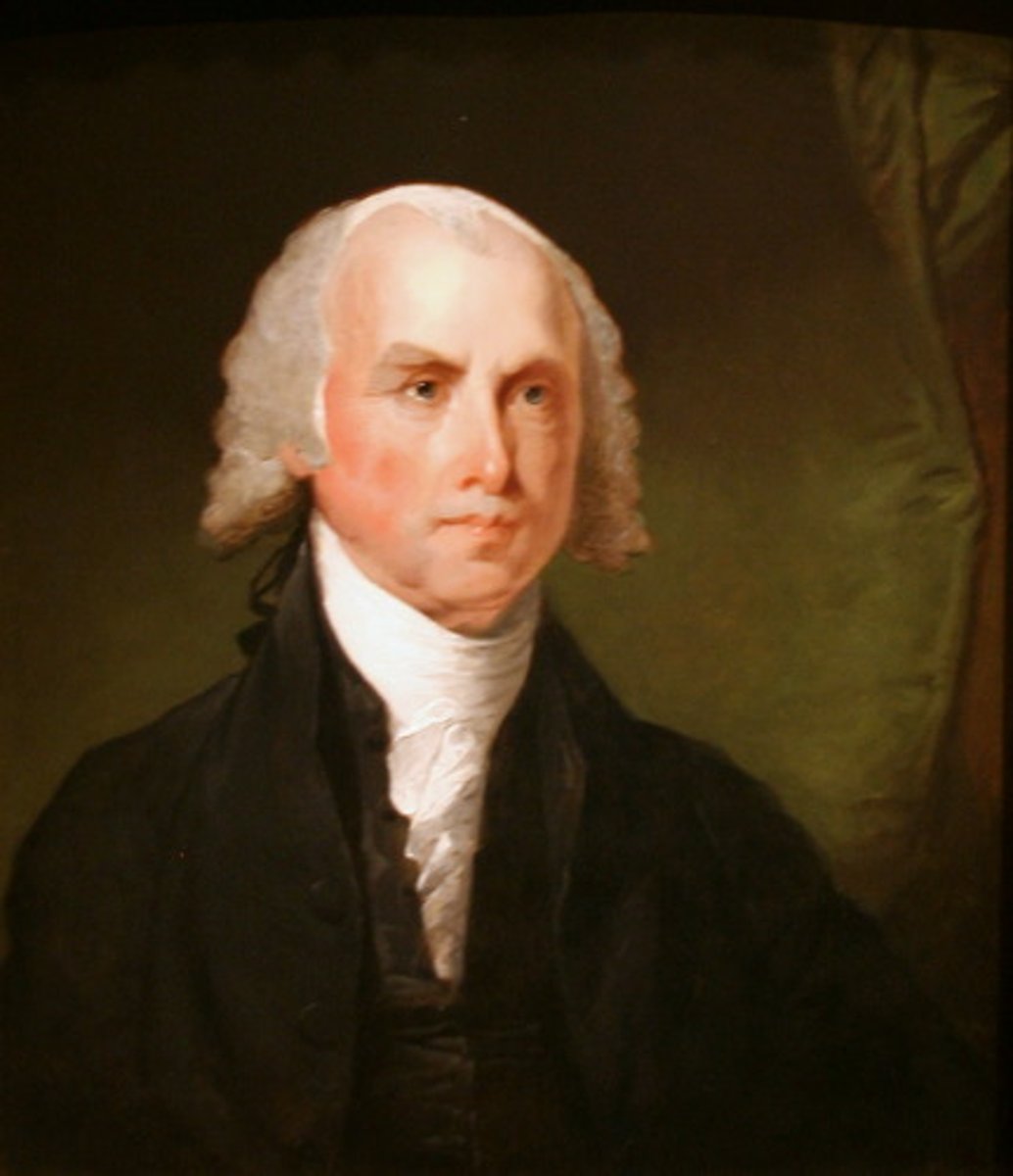
Alexander Hamilton
One of the authors of the Federalist Papers. He favored a strong central government. He was George Washington's secretary of the treasury. (p. 106)
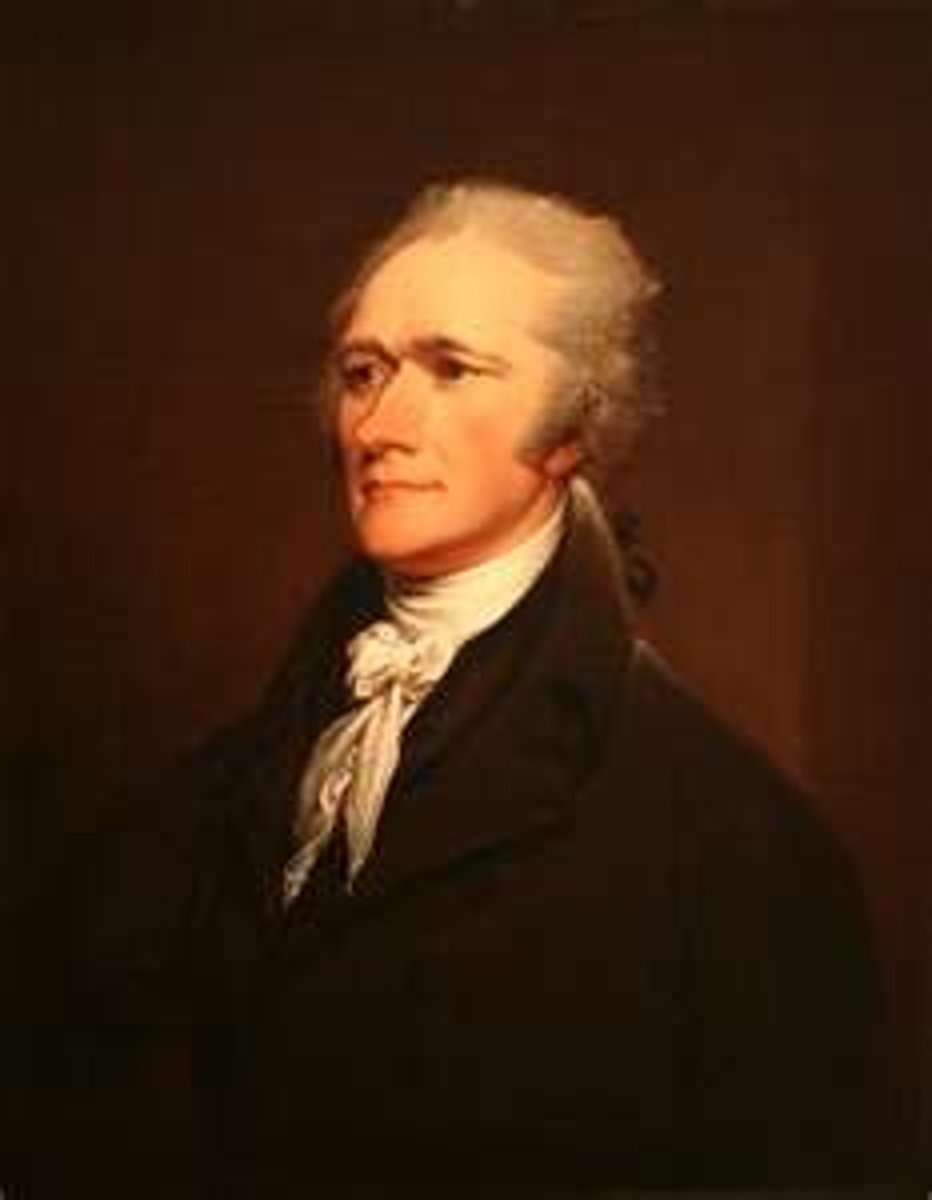
Framers of the Constitution
In the summer of 1787, 55 delegates met in Philadelphia to create a federal constitution. As a group they were wealthy, white, male, educated and most were heavily involved in state governments. (p. 104)
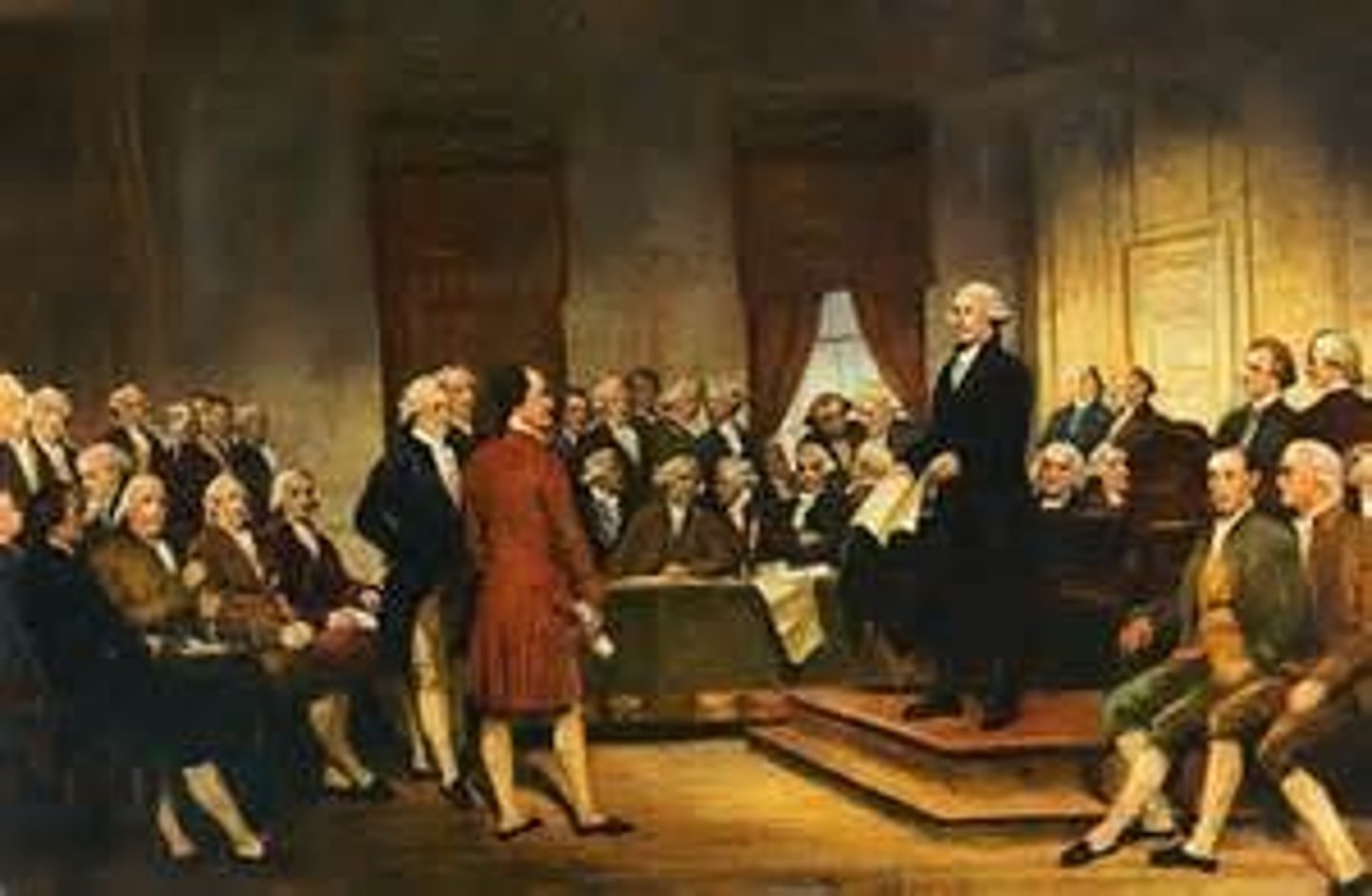
Gouverneur Morris
Leader who helped write the Constitution. (p. 105)
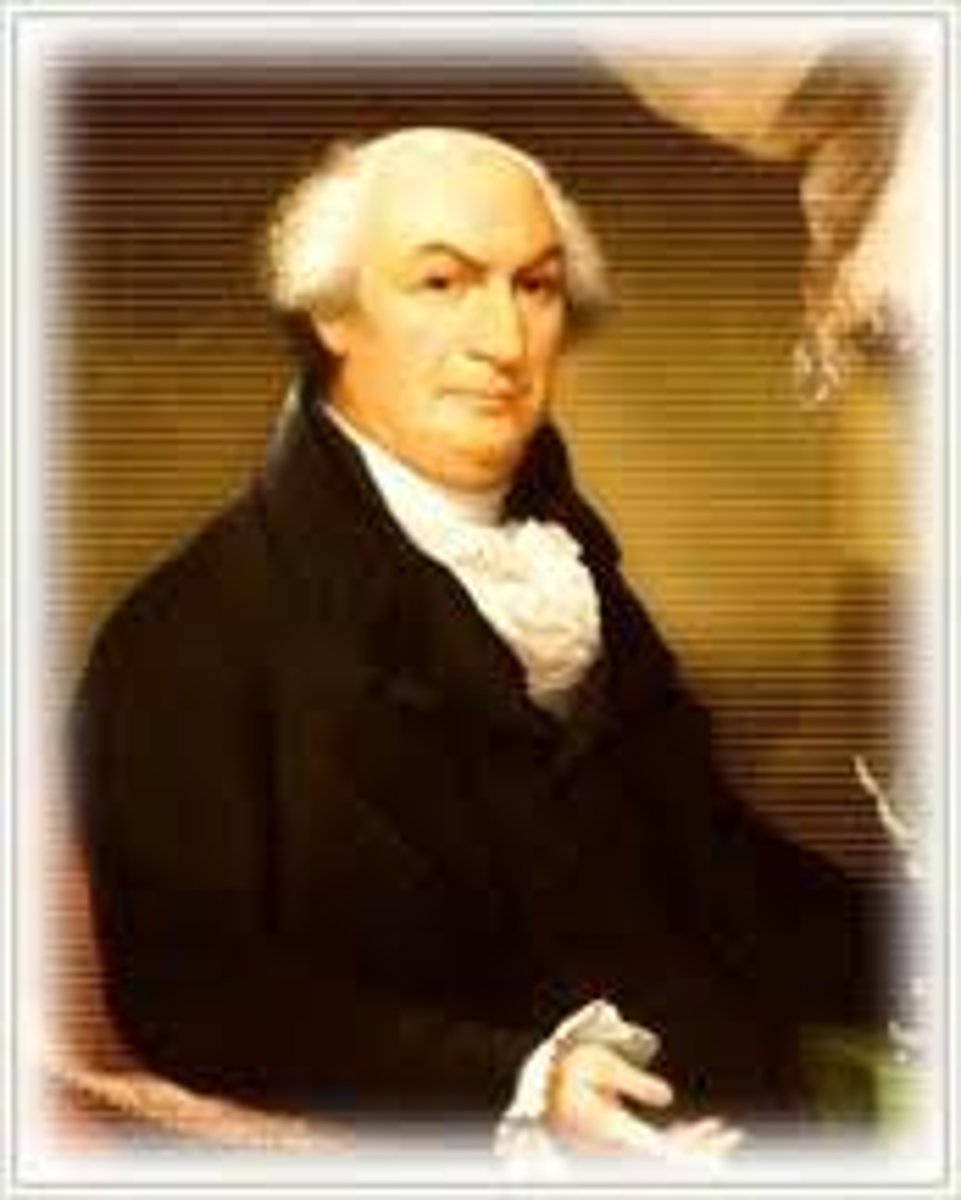
John Dickinson
Leader who helped write the Constitution. (p. 105)
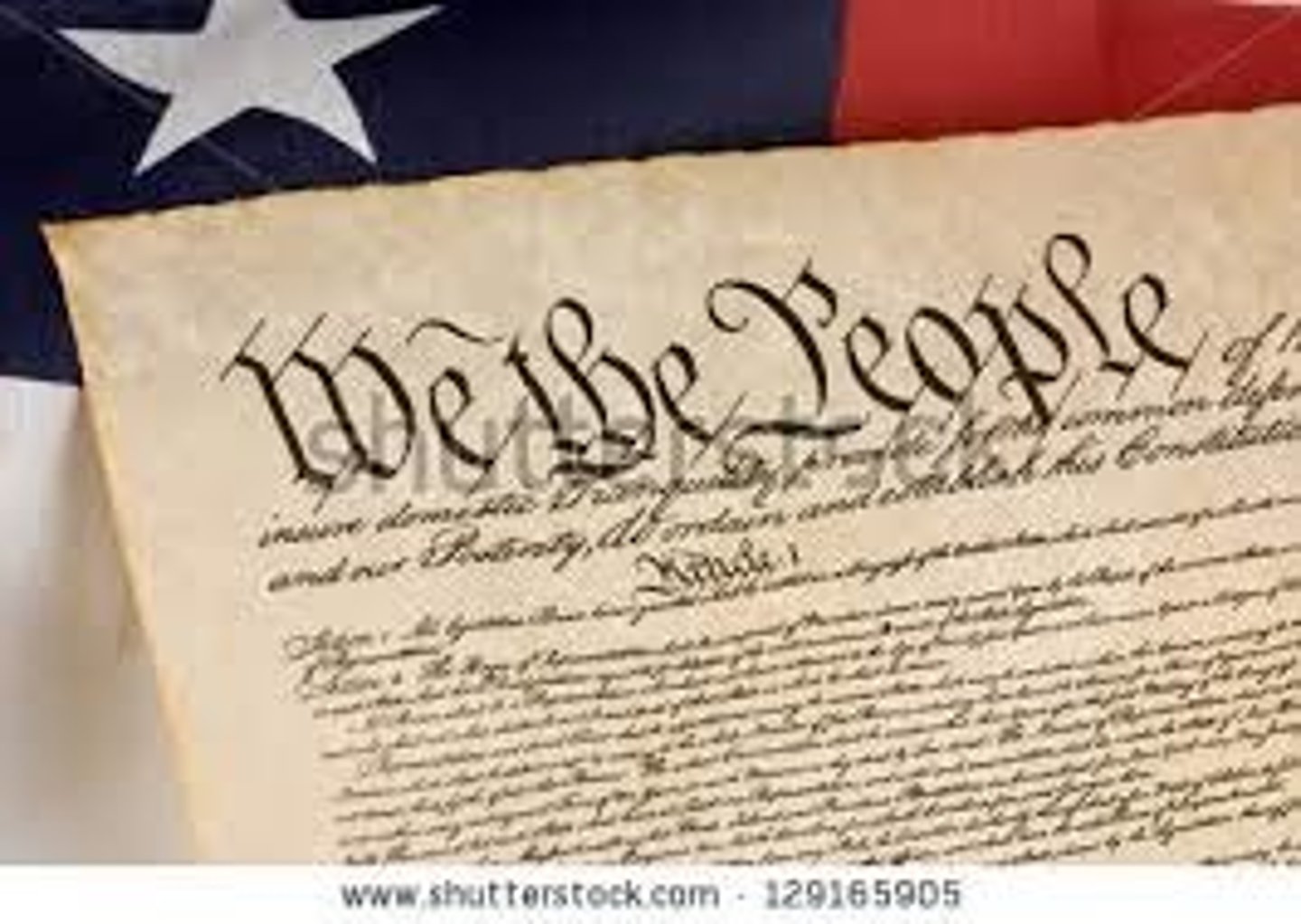
Federalists
Favored a strong central government, and a Constitution to improve on the Articles of Confederation. They were most common along the Atlantic coast and in the large cities. (p. 106)
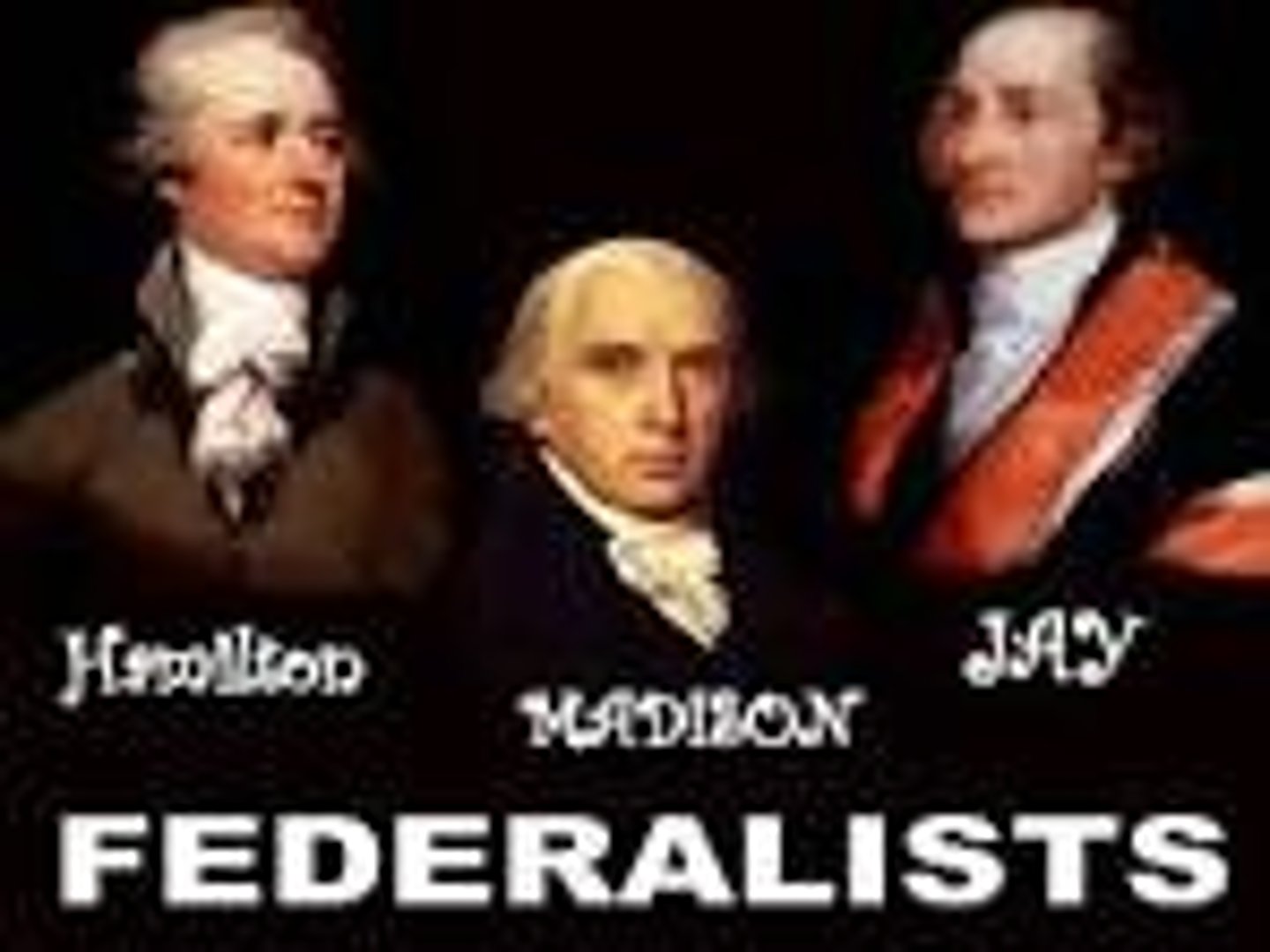
Anti-Federalist
Argued that the proposed Constitution contained no protection of individual rights, and that it gave the federal government too much power. They tended to be small farmers and settlers on the western frontier. (p. 106)
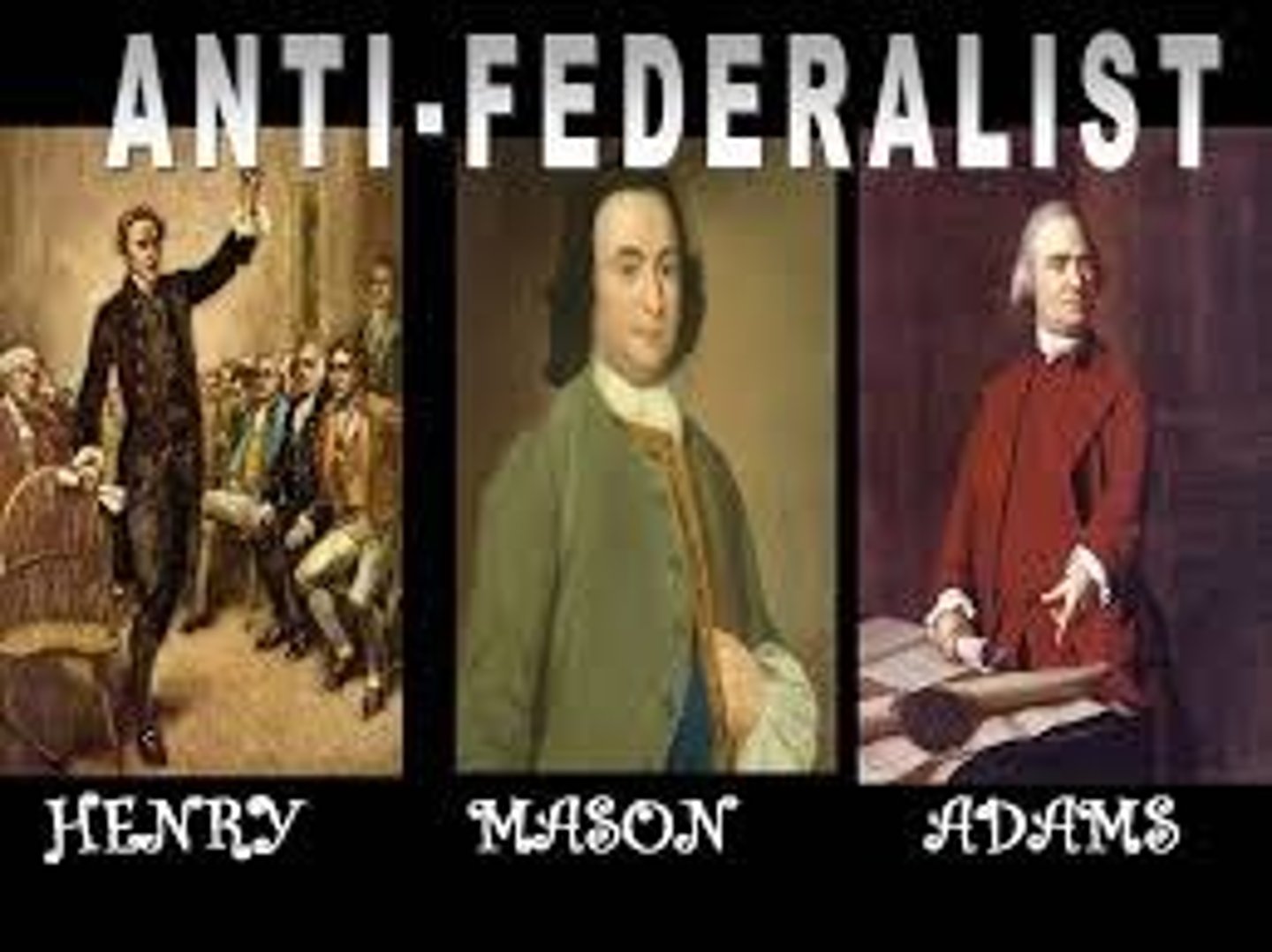
The Federalist Papers
Series of essays, later published as a book, written by James Madison, Alexander Hamilton, and John Jay. It argued effectively in favor of Constitution. (p. 106)
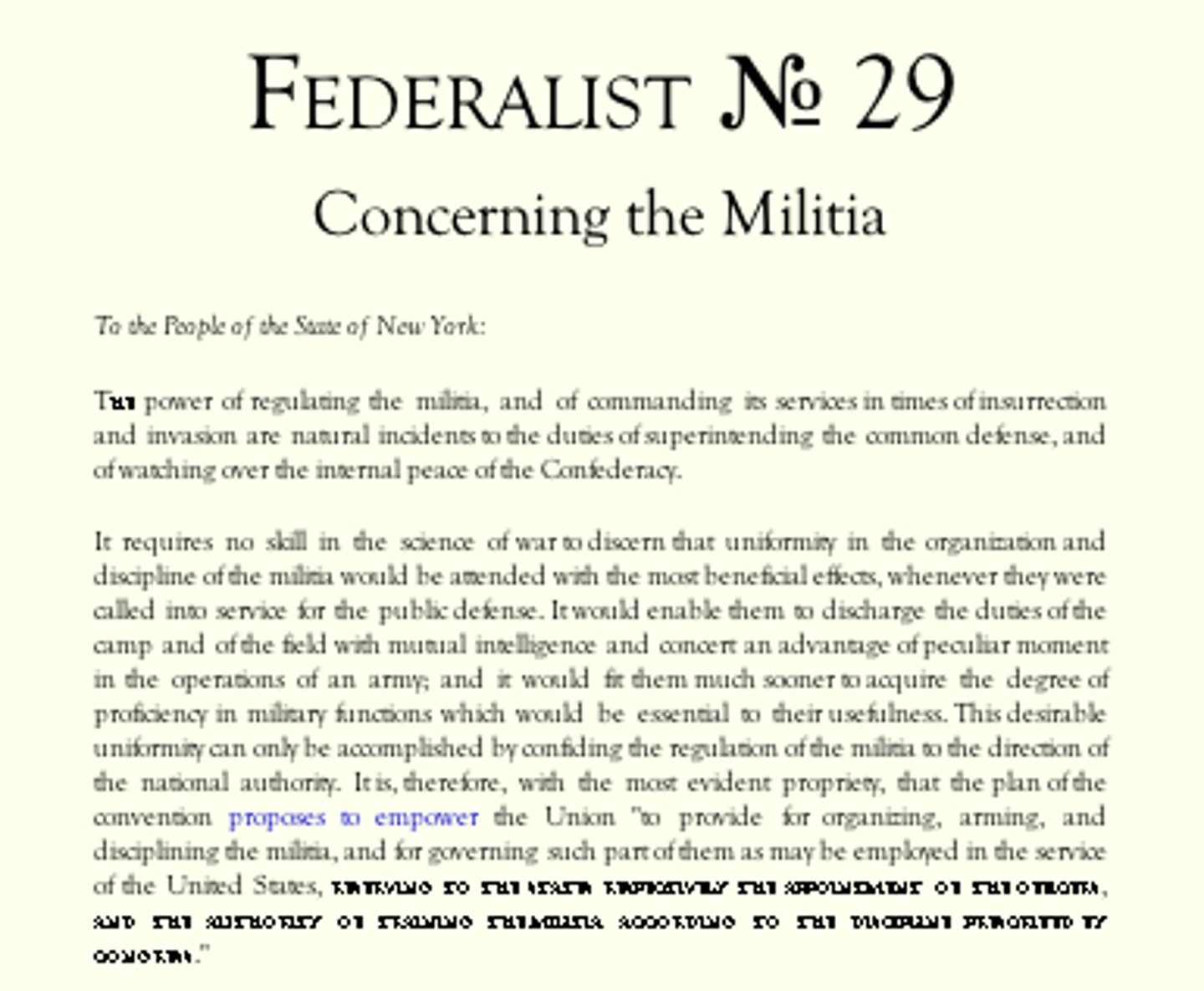
Bill of Rights; amendments
The first ten amendments to the Constitution, added to protect the rights of individual citizens, and adopted in 1781. (p. 108)
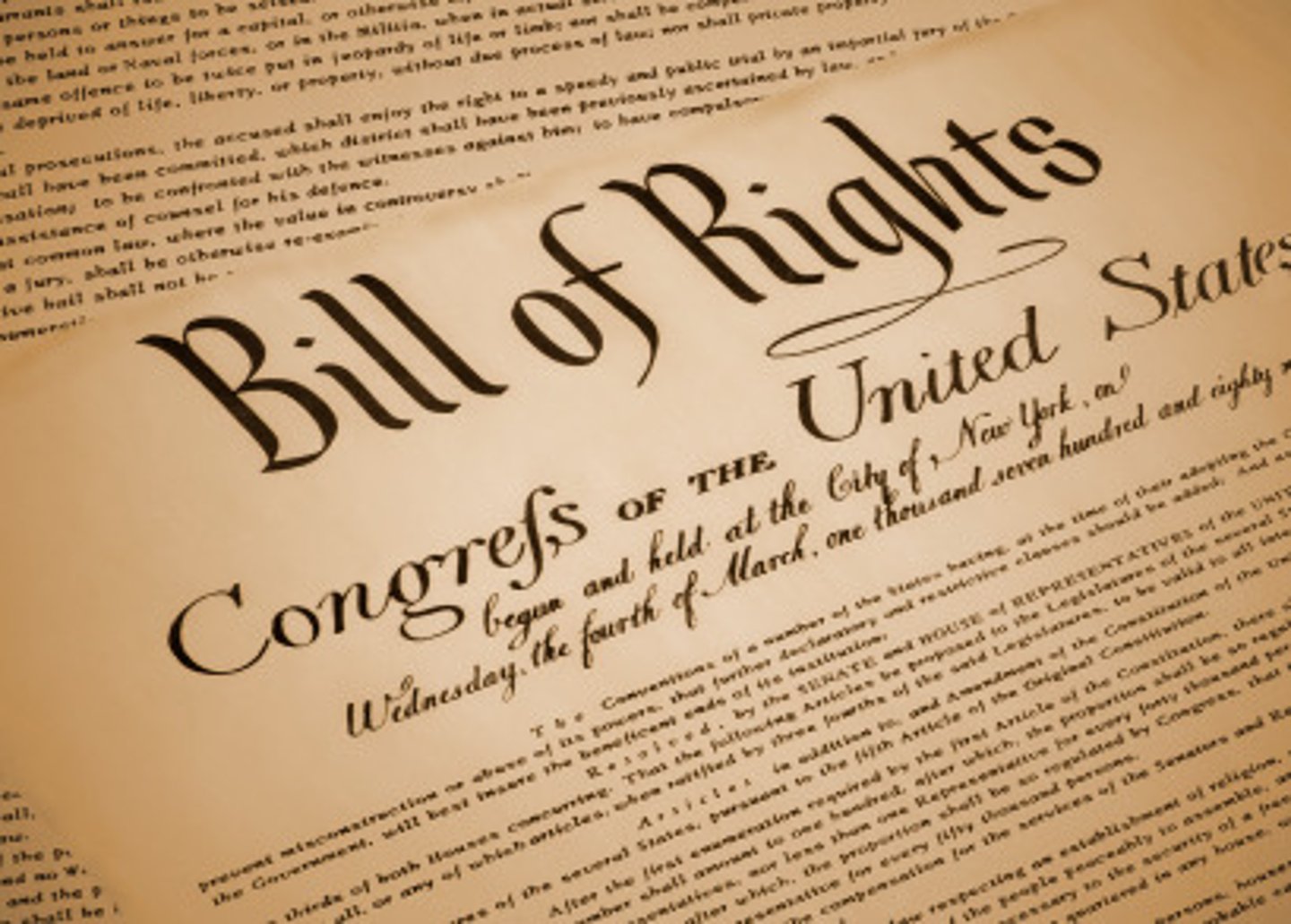
Washington's Farewell Address
In late 1796, George Washington wrote this address for publication in newspapers. It warned Americans: not to get involved in European affairs, not to make permanent alliances in foreign affairs, not to from political parties, and not to fall into sectionalism. (p. 115)
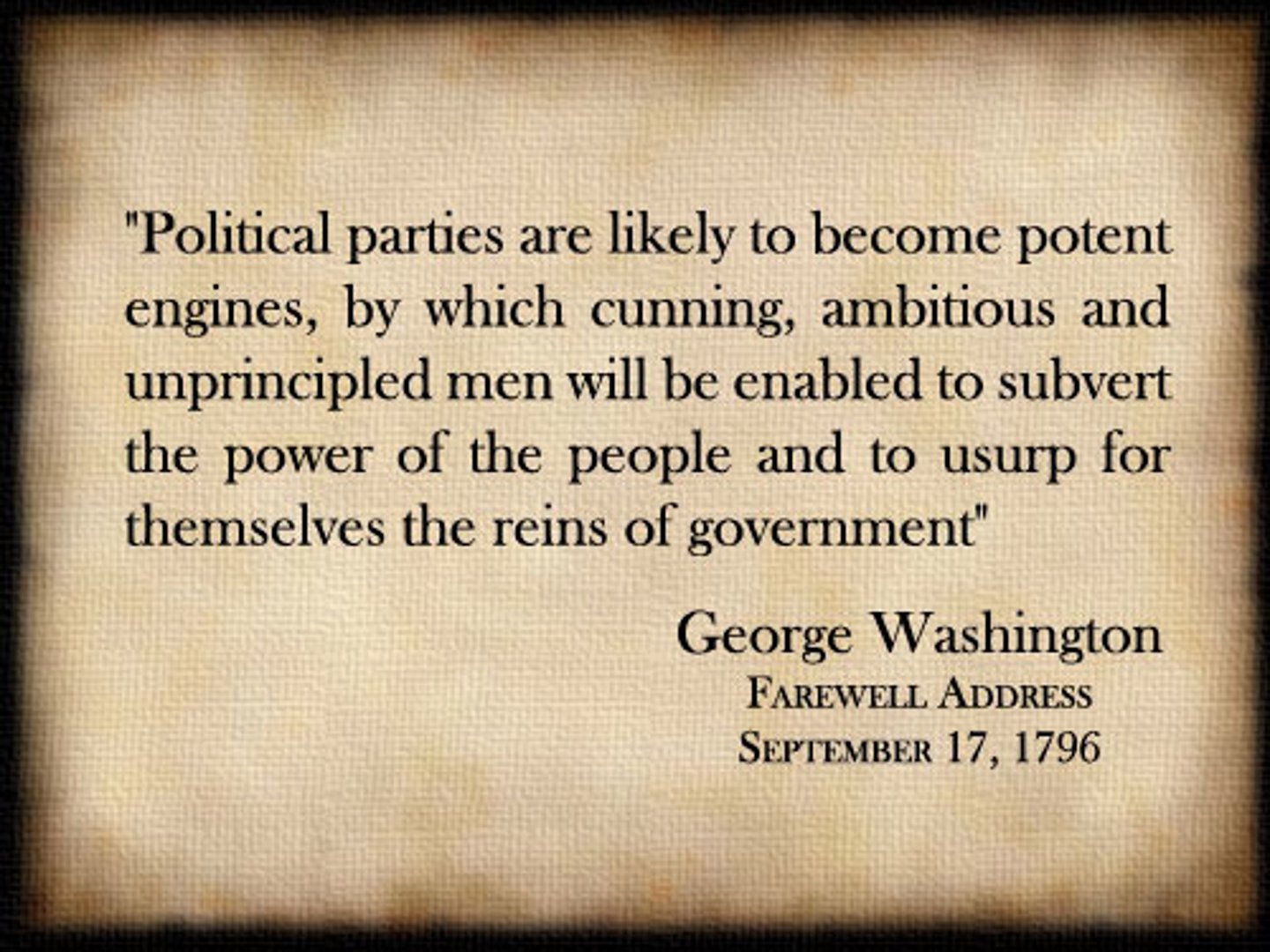
permanent alliances
George Washington's farewell address warned against in having permanent alliances in foreign affairs. (p. 115)
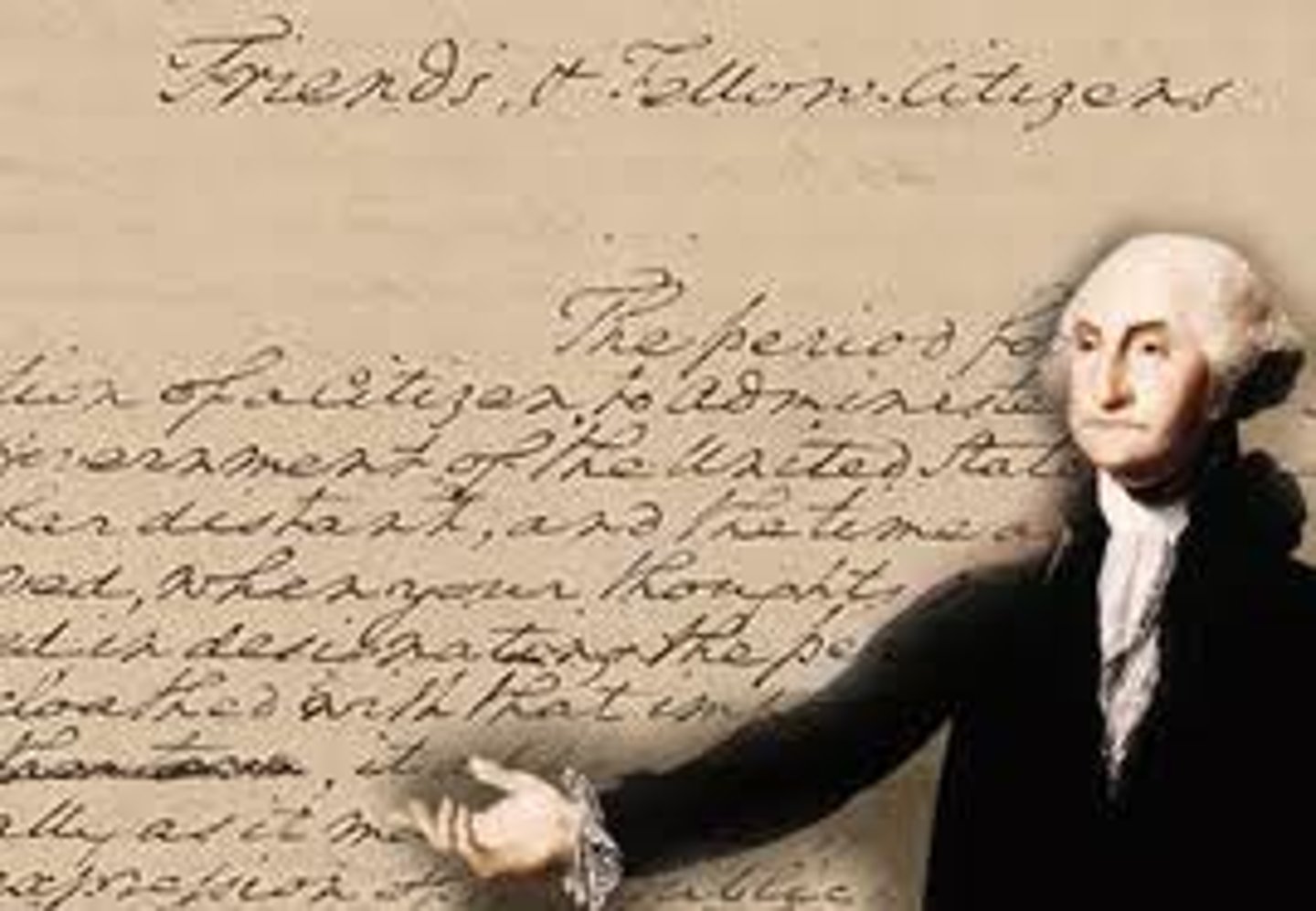
Alien and Sedition Acts
Acts by the Federalists, which authorized the president to deport dangerous aliens, and detain enemy aliens in wartime. Made it illegal for newspaper editors to criticize the president or Congress. (p. 117)
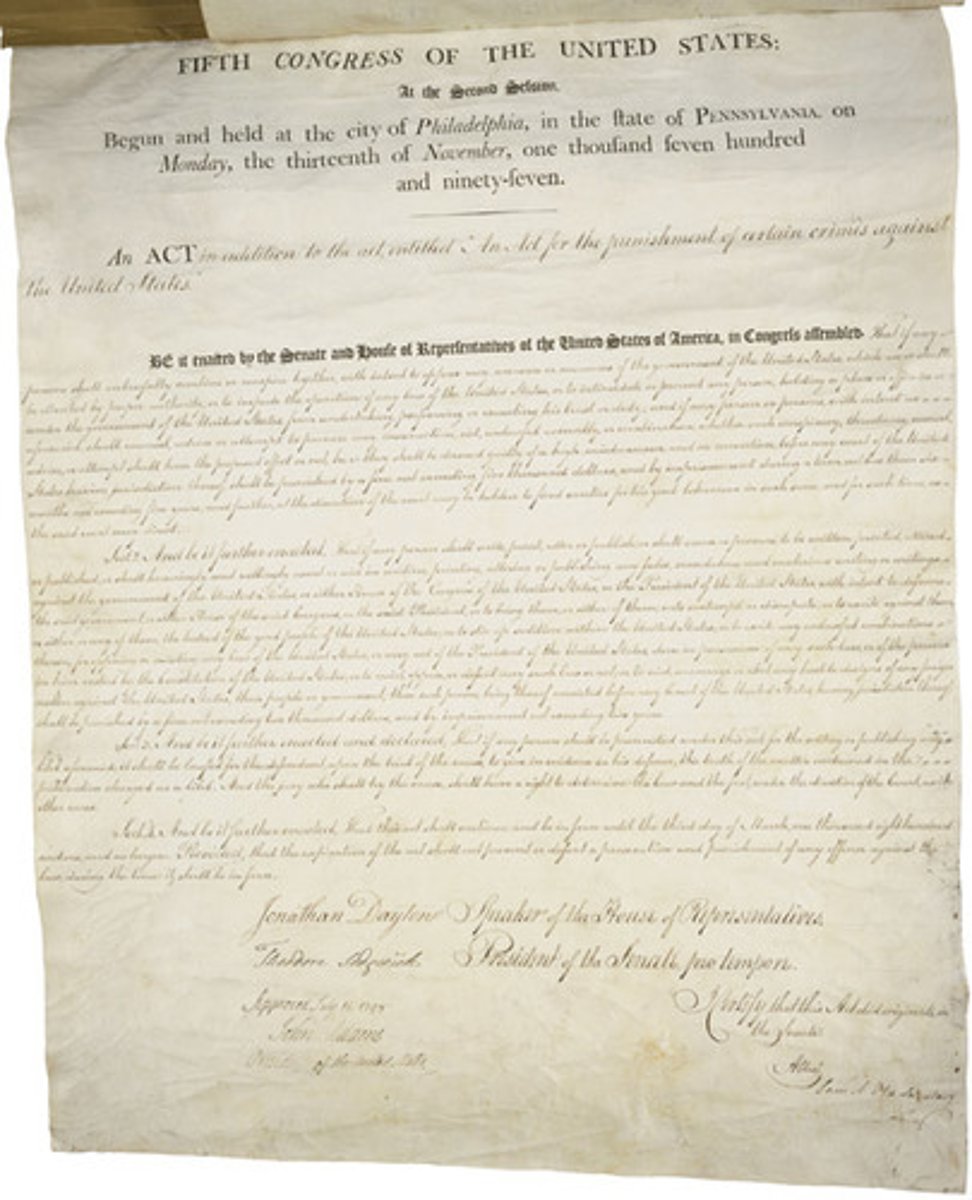
Kentucky and Virginia Resolutions
In 1799, two states passed resolutions that argued states had the right to nullify laws passed at the federal level. (p. 117)
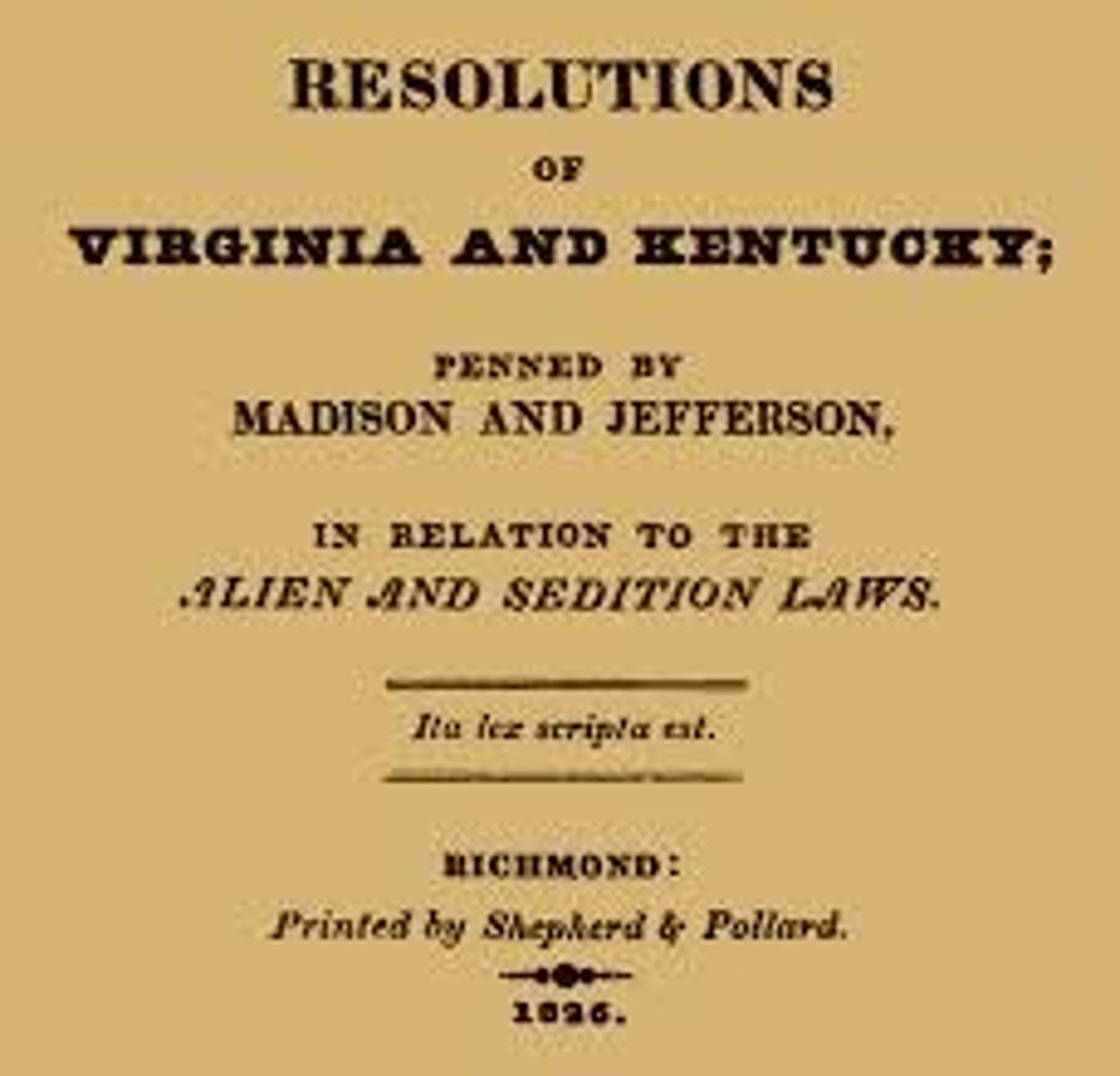
slave trade
At the Constitutional Convention it was agreed that the slaves could be imported for twenty more years, until 1808. At that time, Congress could vote to abolish the practice. (p. 105)
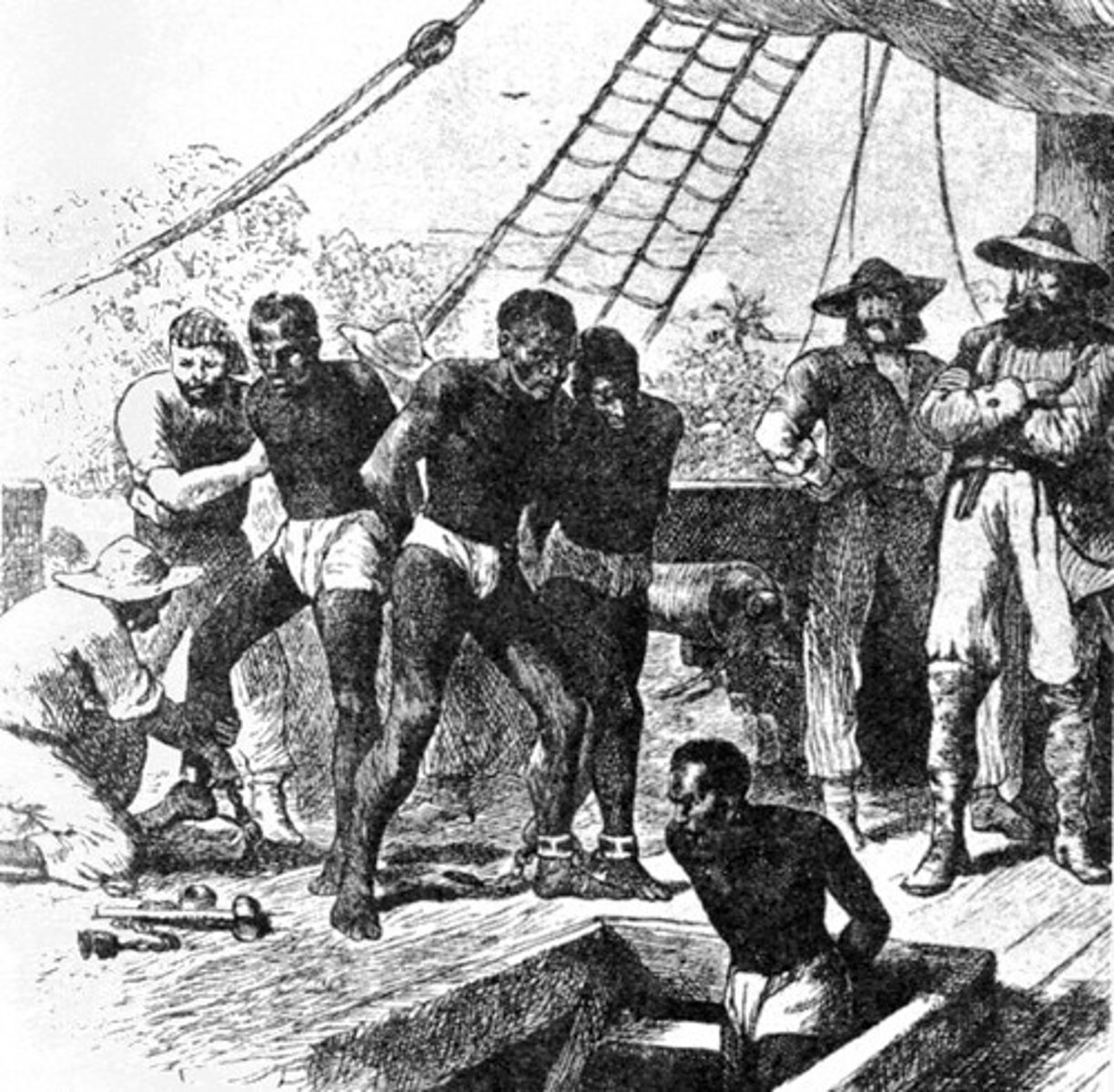
infant industries
This was part of Federalist Alexander Hamilton's economic plan. The term for new and developing industries, which were supported by placing high tariffs on imported goods. (p. 110)

national bank
This was part of Federalist Alexander Hamilton's economic plan. He favored a bank for depositing government funds and printing banknotes that could provide the basis for a stable U.S. currency. (p. 110)
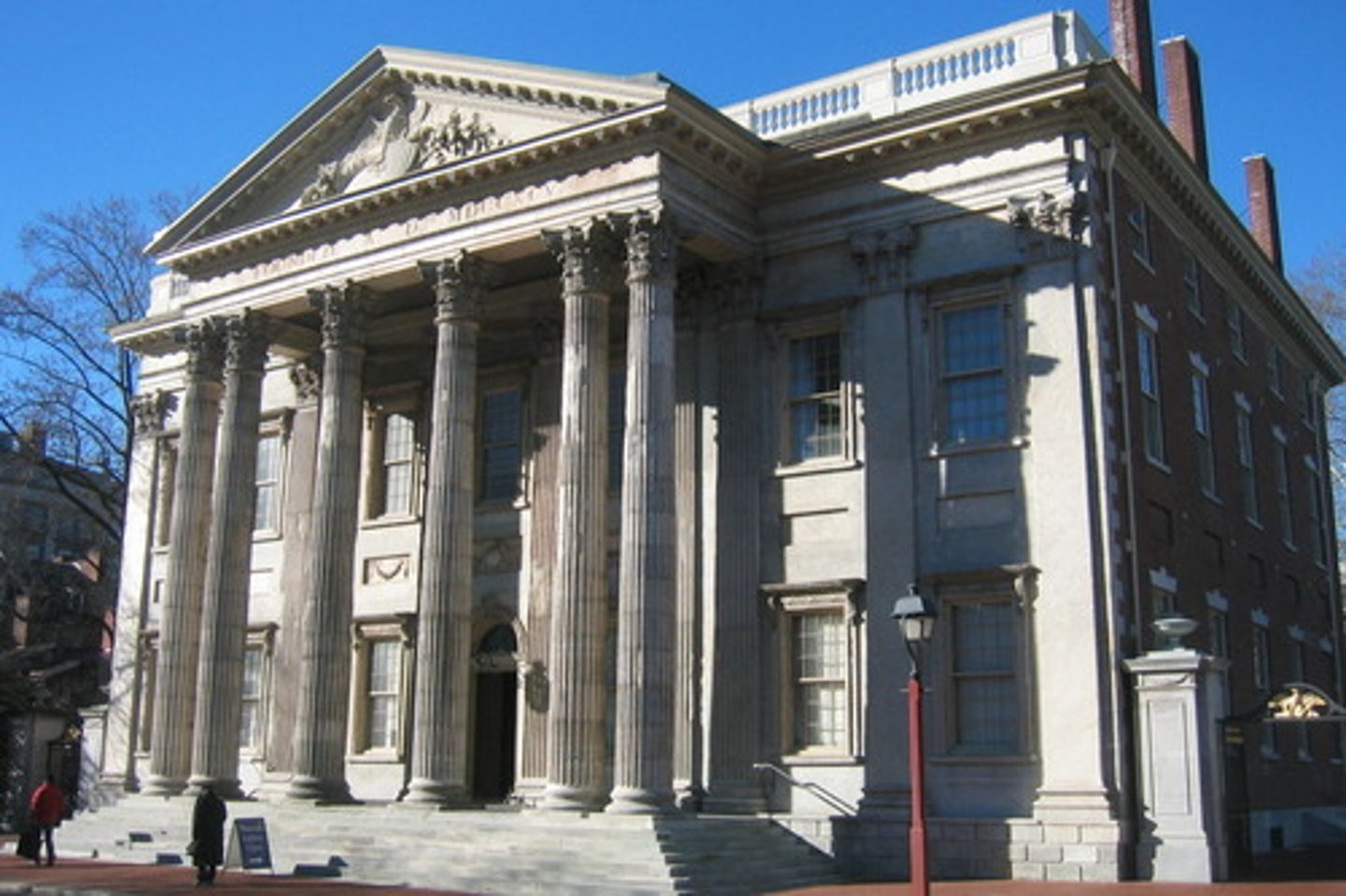
tariffs; excise taxes
This was part of Federalist Alexander Hamilton's economic plan. High tariffs were placed on imported goods to help new and developing industries. (p. 110)
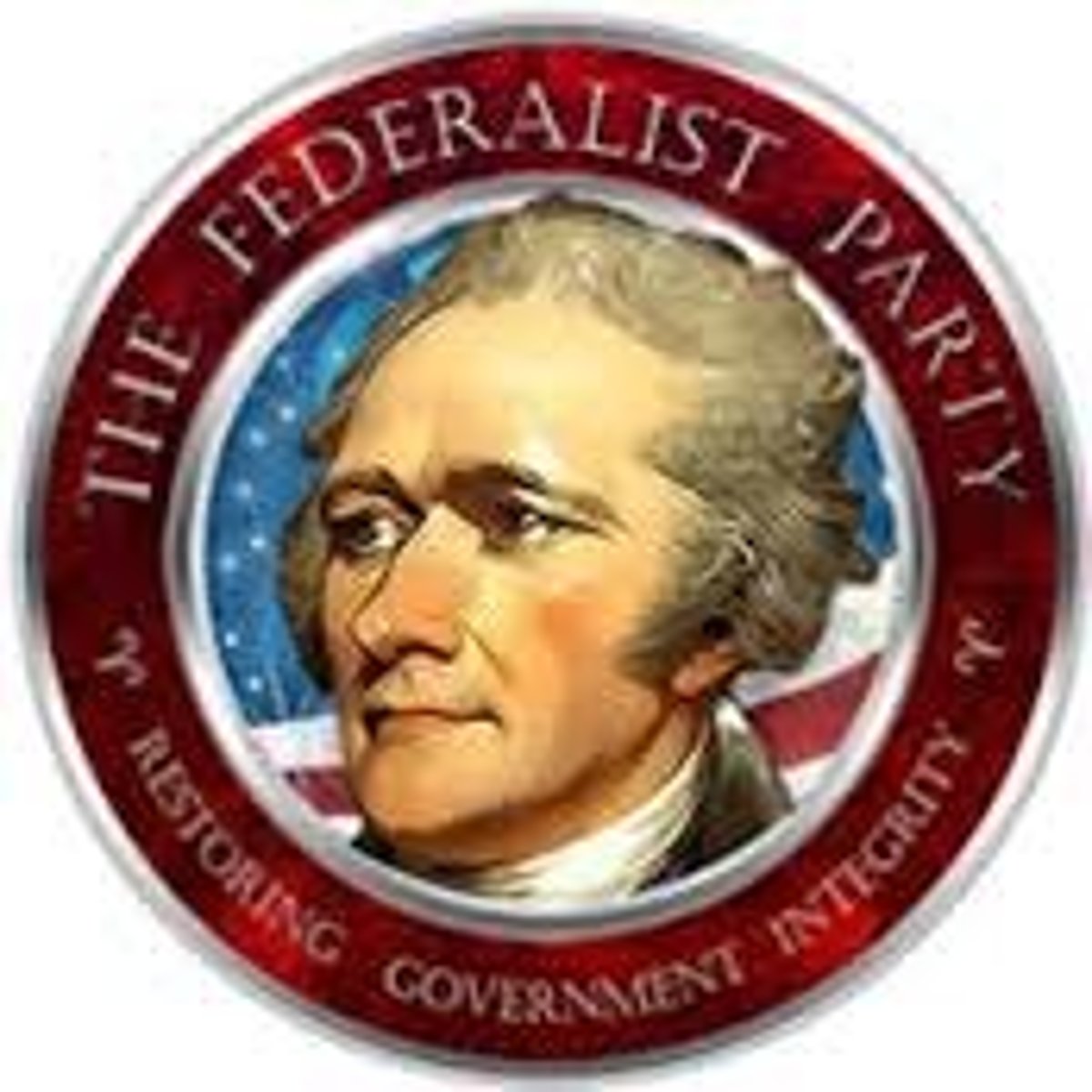
Battle of Fallen Timbers
In 1794, the U.S. Army led by General Anthony Wayne defeated the American Indians at this battle in northwestern Ohio. (p. 113)
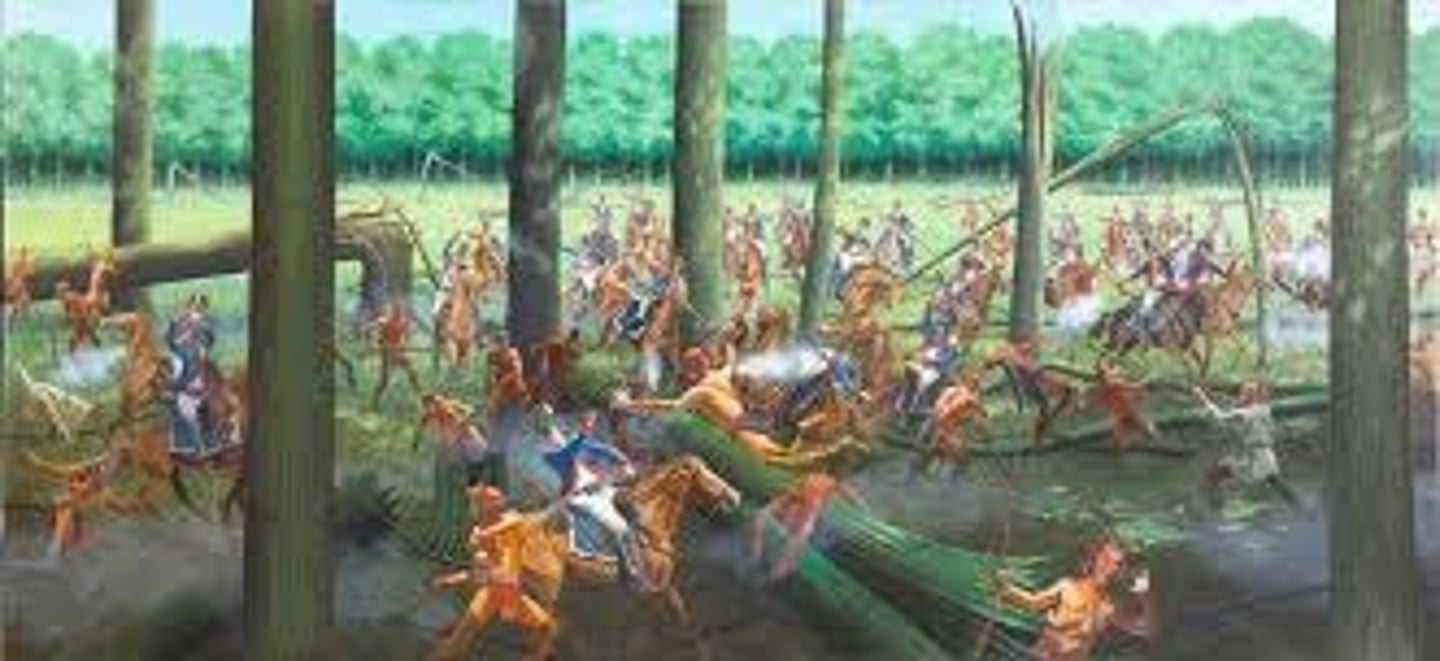
Treaty of Greenville
In this treaty in 1795, the American Indians surrendered claims to the Ohio Valley and promised to open it to settlement. (p. 113)
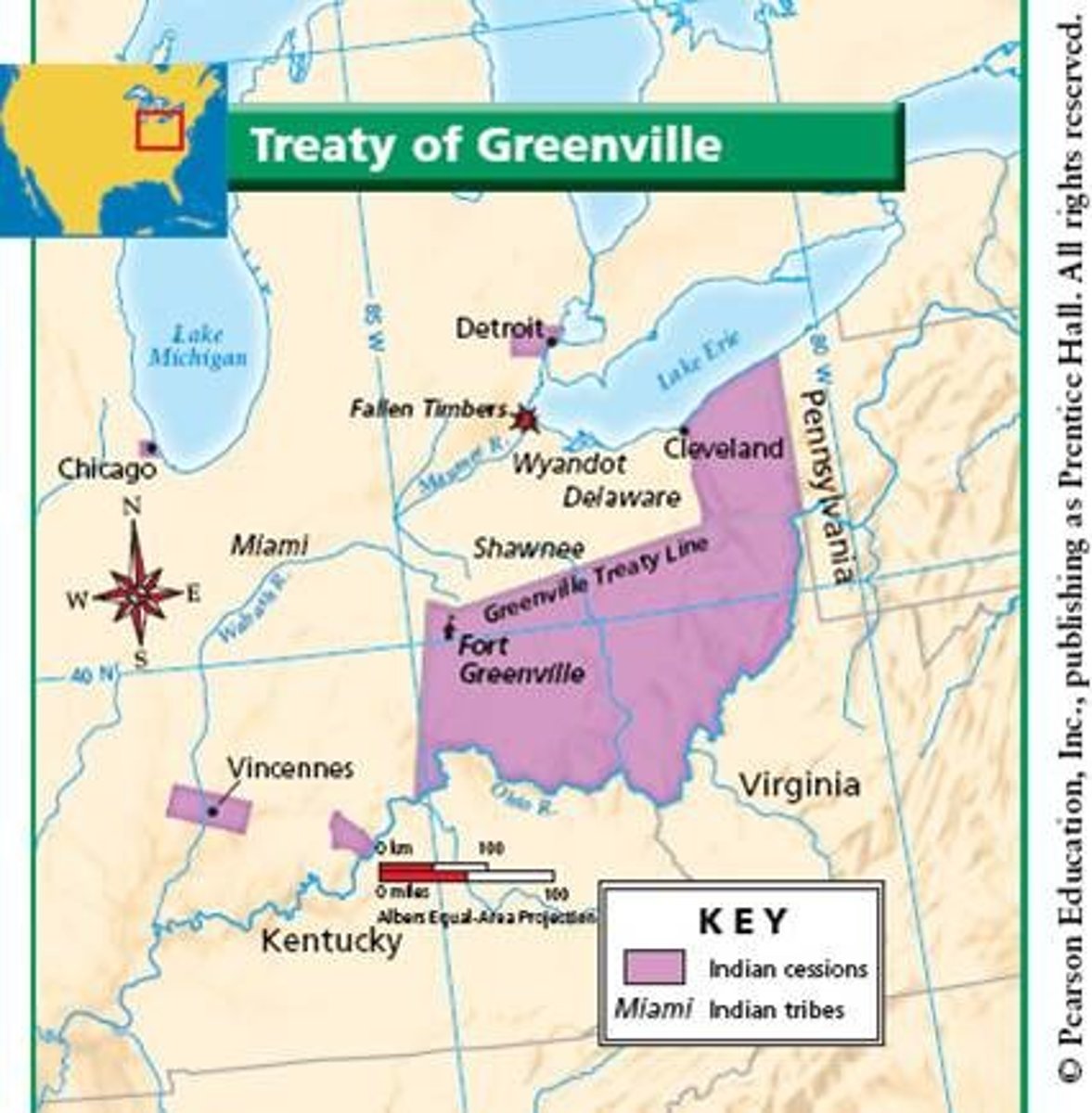
Public Land Act (1796)
In 1796, this act established orderly procedures for dividing and selling federal lands at reasonable prices. (p. 113)

Mt. Vernon Conference
In 1785, George Washington hosted a conference at his home, in Mt. Vernon, Virginia. It led to the Annapolis Convention of 1786. (p. 104)
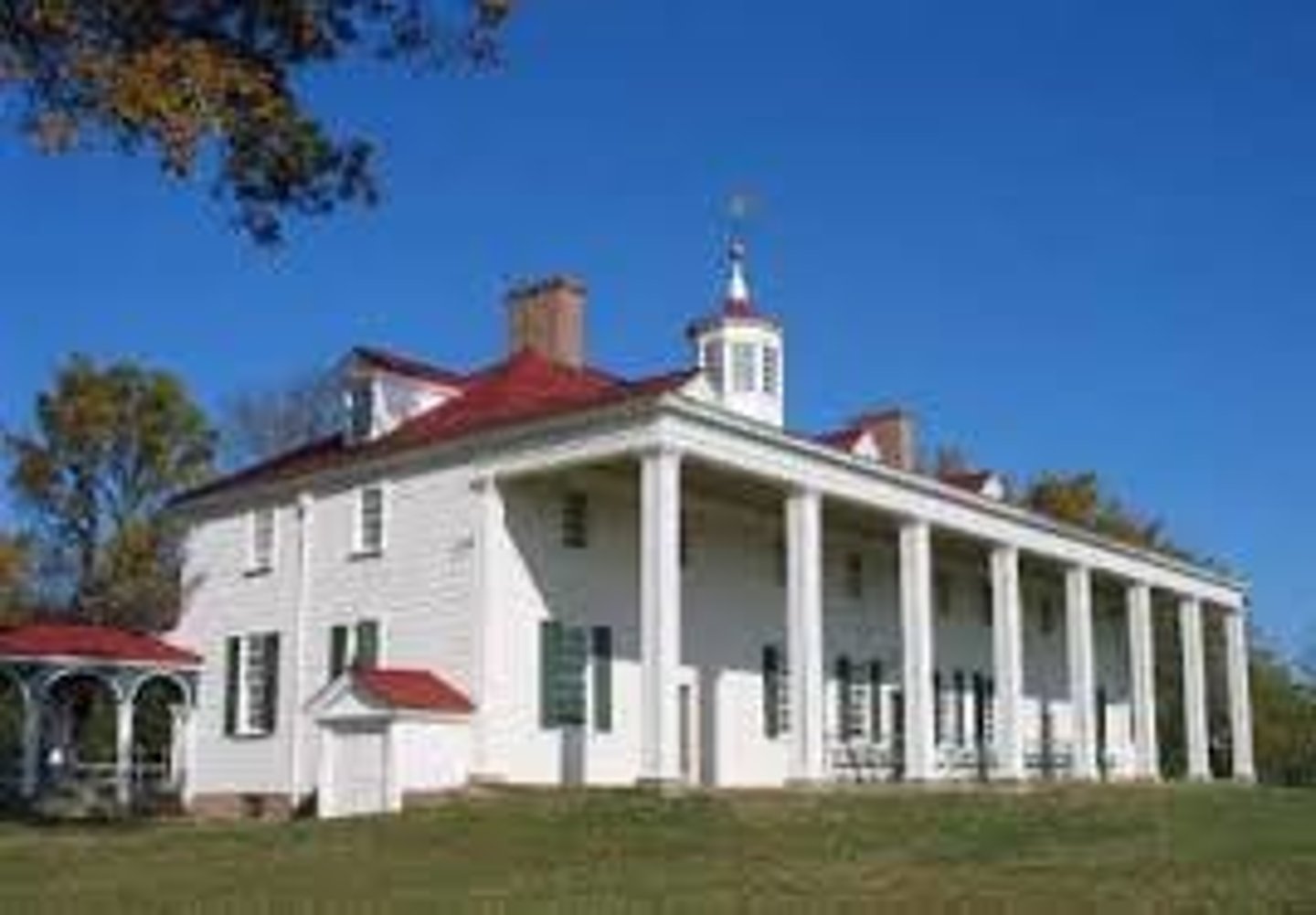
Annapolis Convention
In 1786, only five states sent delegates to this convention. However, it led to Constitutional Convention of 1787. (p. 104)
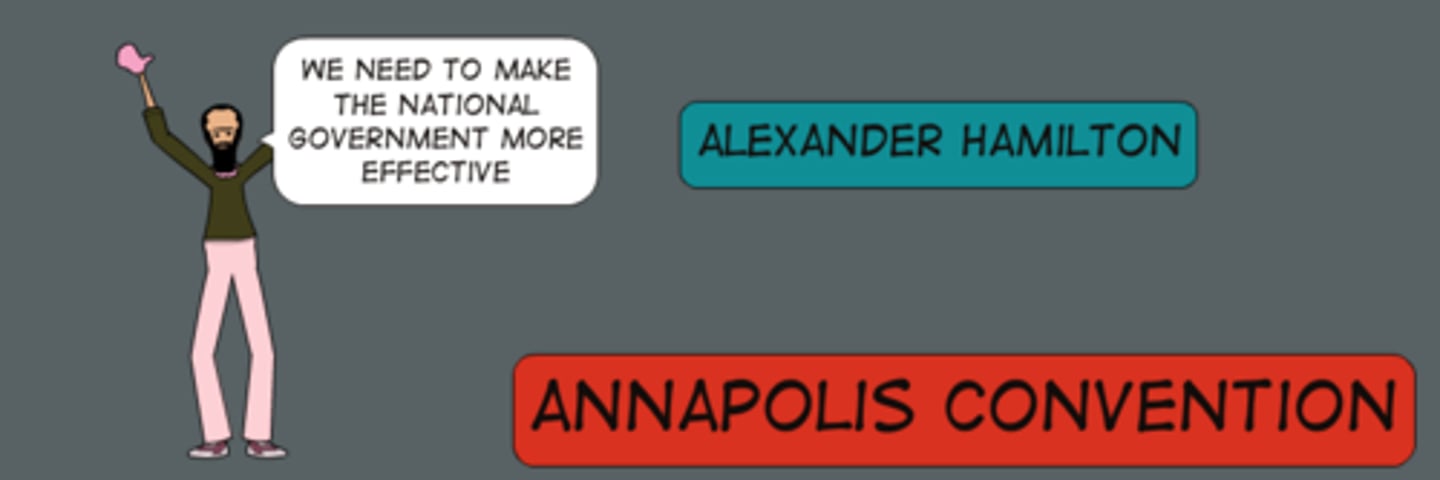
Constitutional Convention
In the summer of 1787, 55 delegates from the thirteen states, excluding Rhode Island, met in Philadelphia, Pennsylvania. The purpose was to create the Constitution, which would replace the Articles of Confederation. (p. 104)
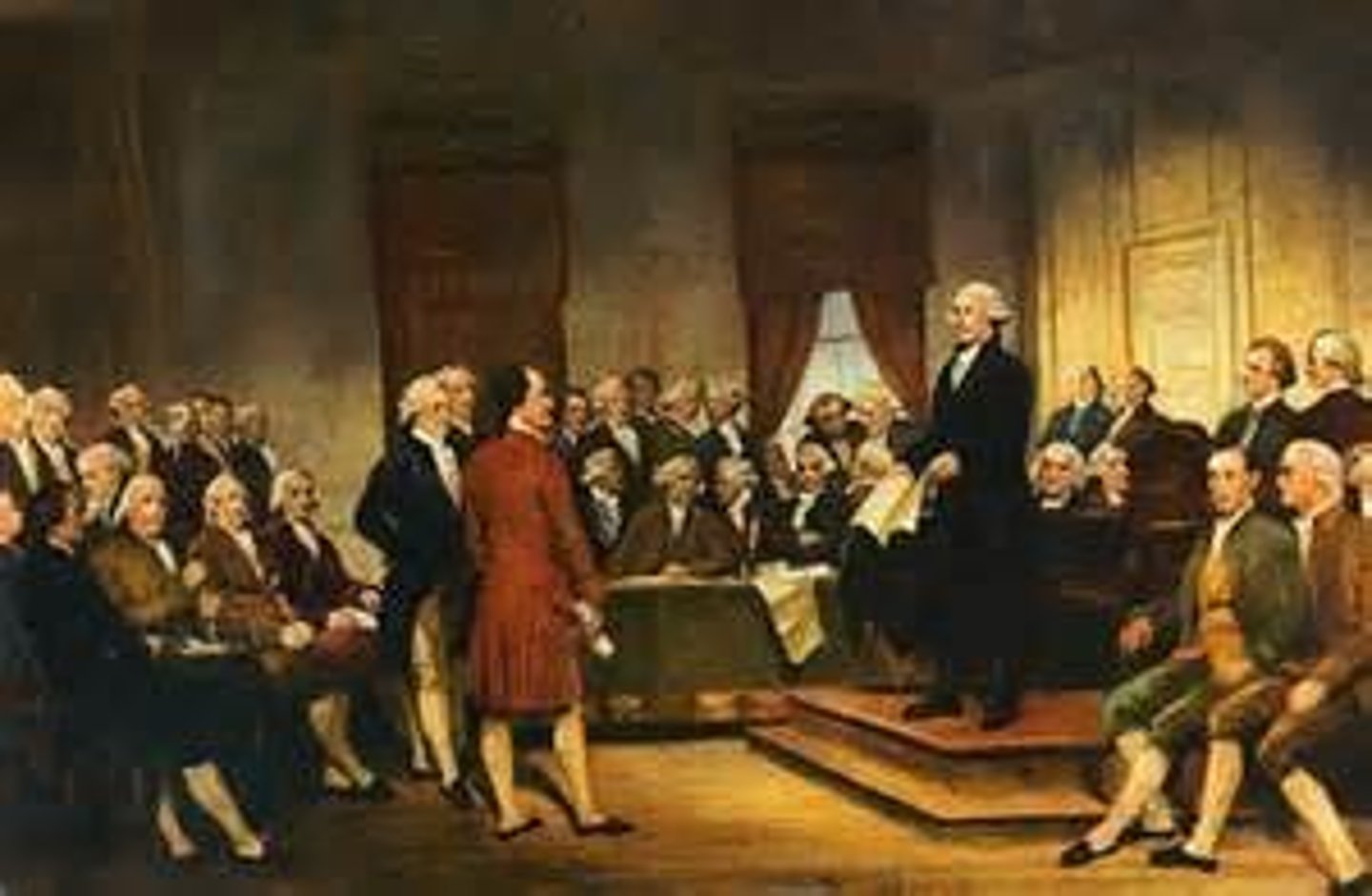
checks and balances
So that one one branch of government could not dominate, the Constitution divided the government into three branches:
1) executive branch led by the president,
2) legislative branch consisting of the Senate and the House of Representatives
3) judicial branch lead by the Supreme Court
(p. 109)
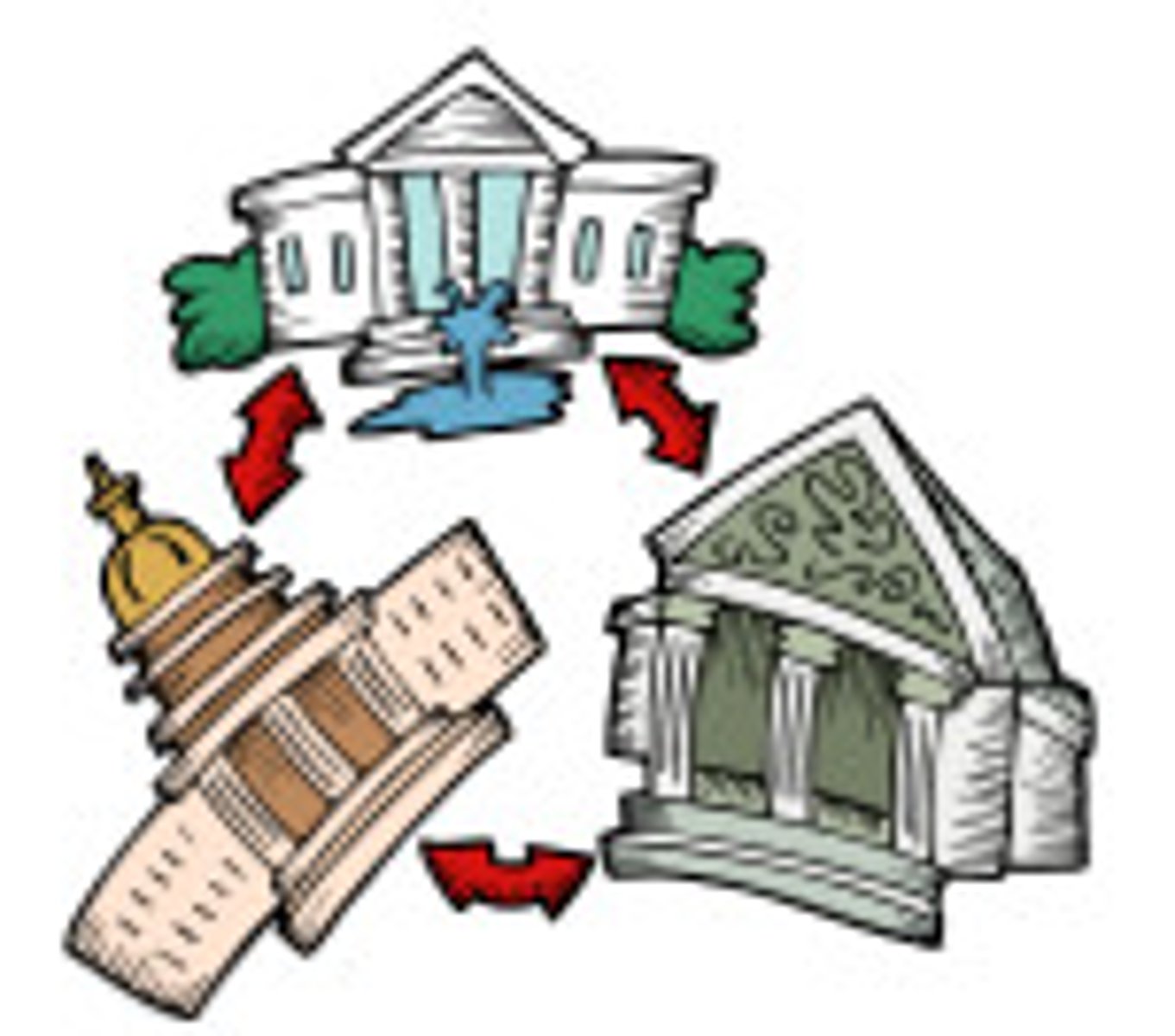
Virginia Plan
James Madison's proposal at the Constitutional Convention, which favored the large states. (p. 105)
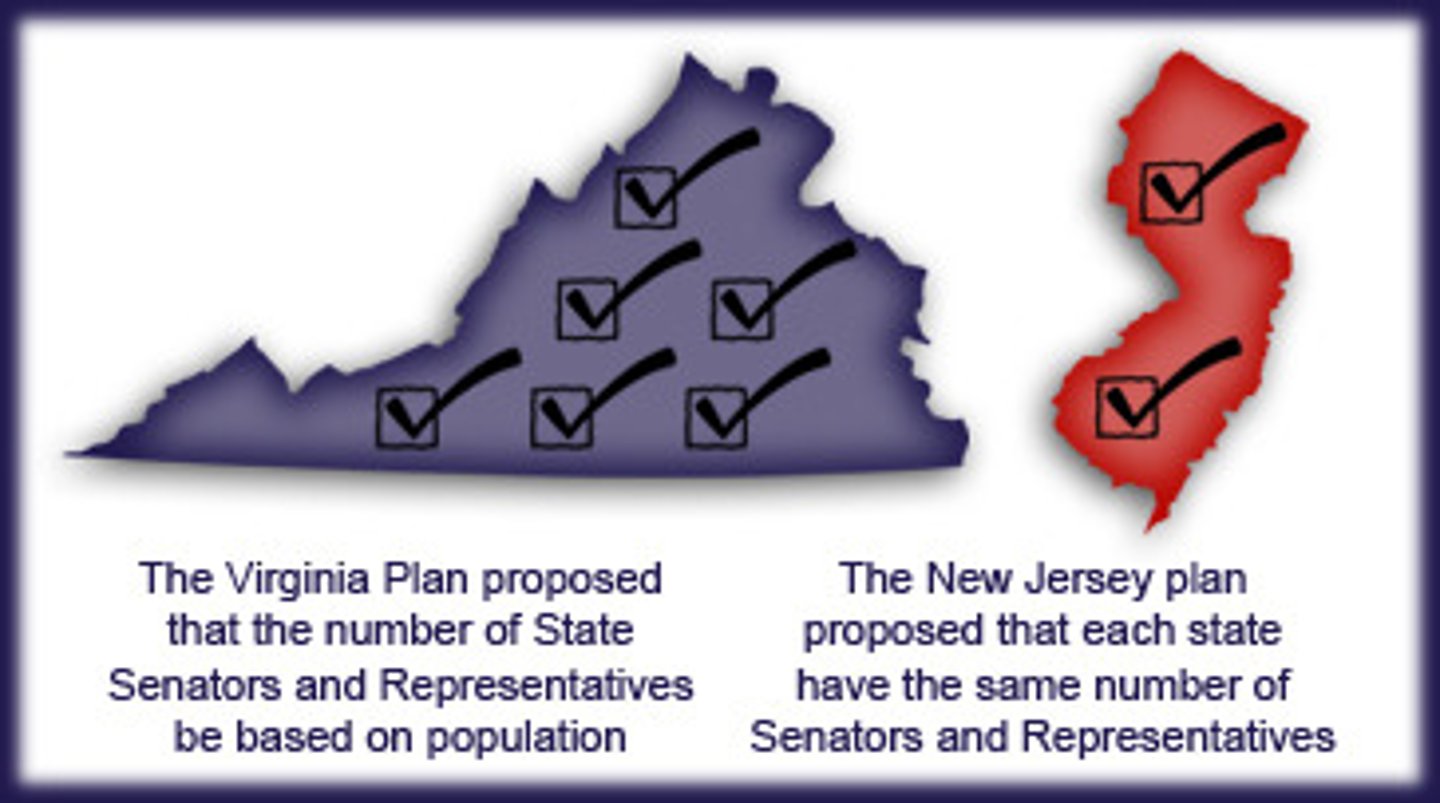
New Jersey Plan
The counter proposal to the Virginia plan at the Constitutional Convention, it favored the small states. (p 105)
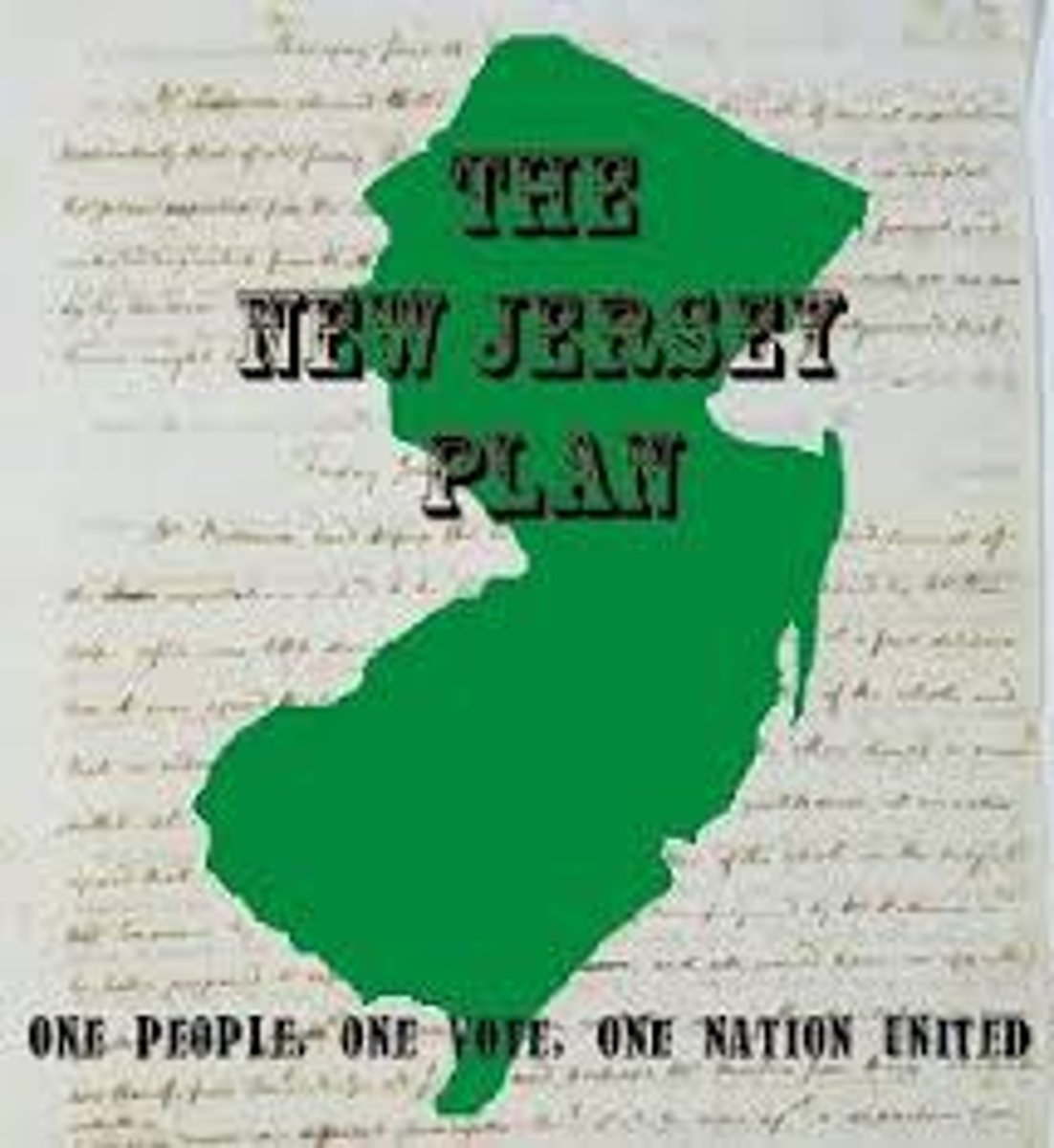
Connecticut Plan; Great Compromise
The compromise solution that was adopted at the Constitutional Convention. It was created by Roger Sherman of Connecticut, it provided for a two house Congress. In the Senate, states would have two senators each, but in the House of Representatives, each state would be represented according to the size of its population. (p. 105)
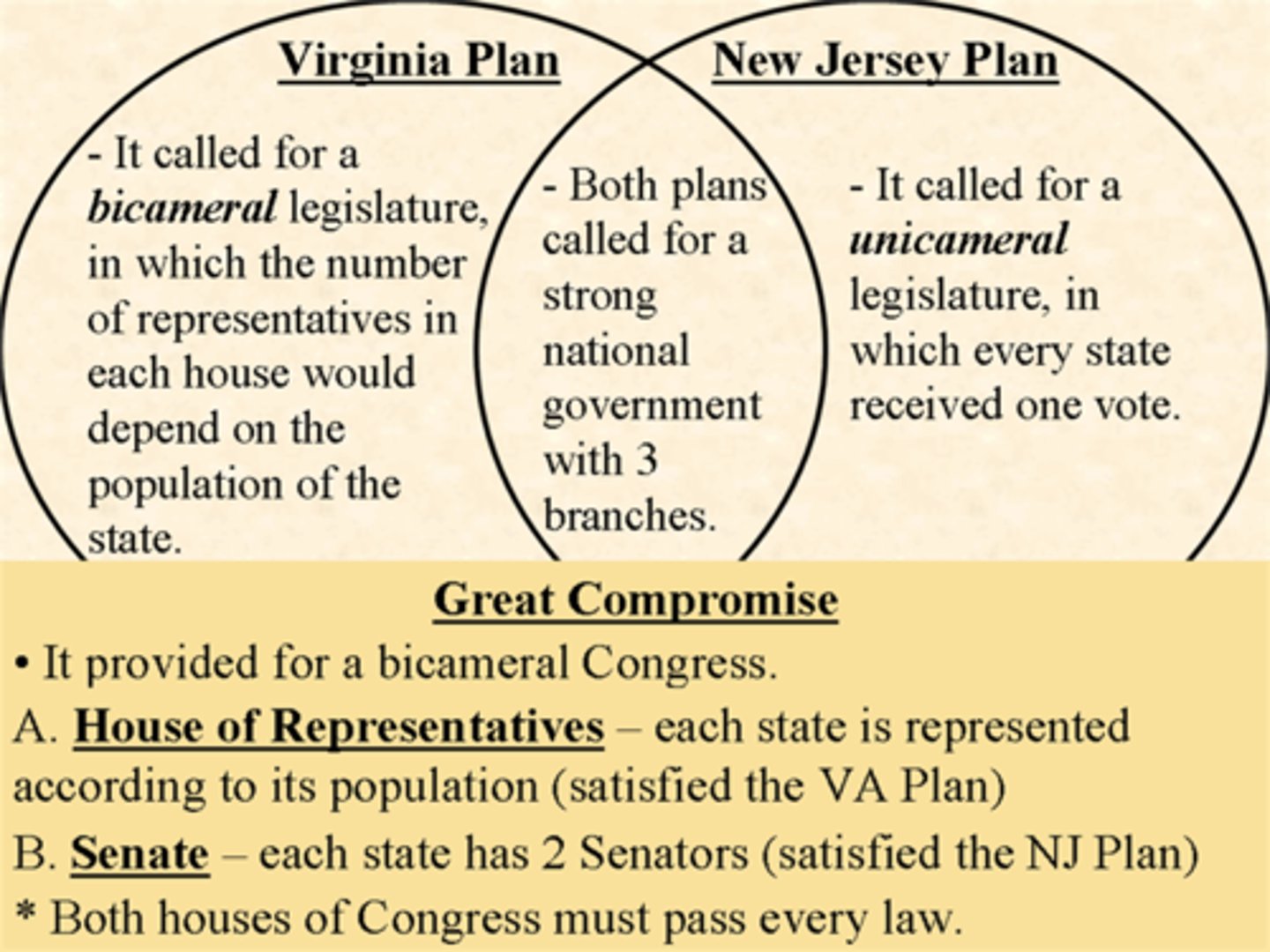
House of Representatives
Part of the legislative branch, representation would be based on population of each state. (p. 105)
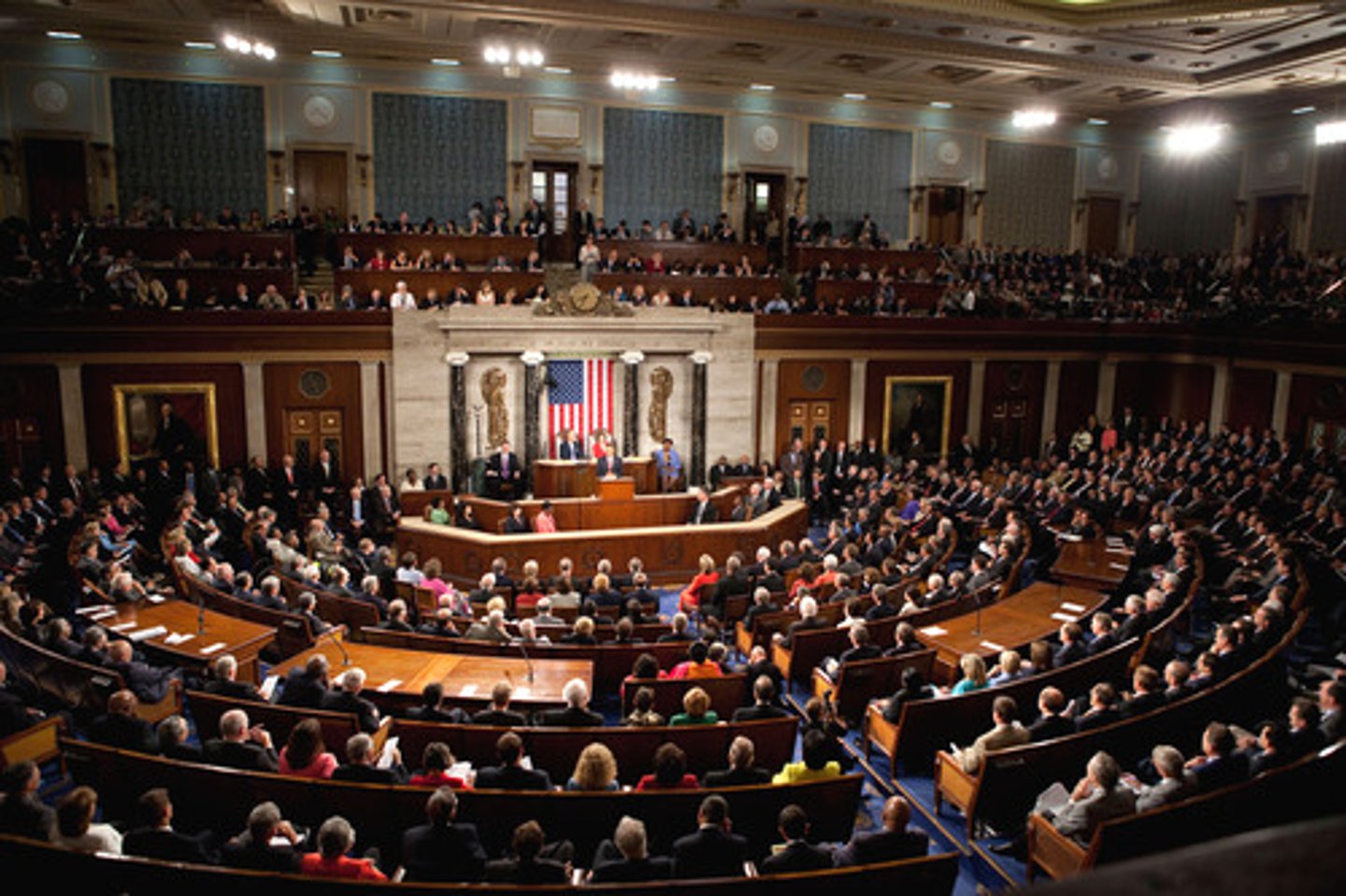
Senate
Part of the legislative branch, there would be two senators from each state. (p. 105)
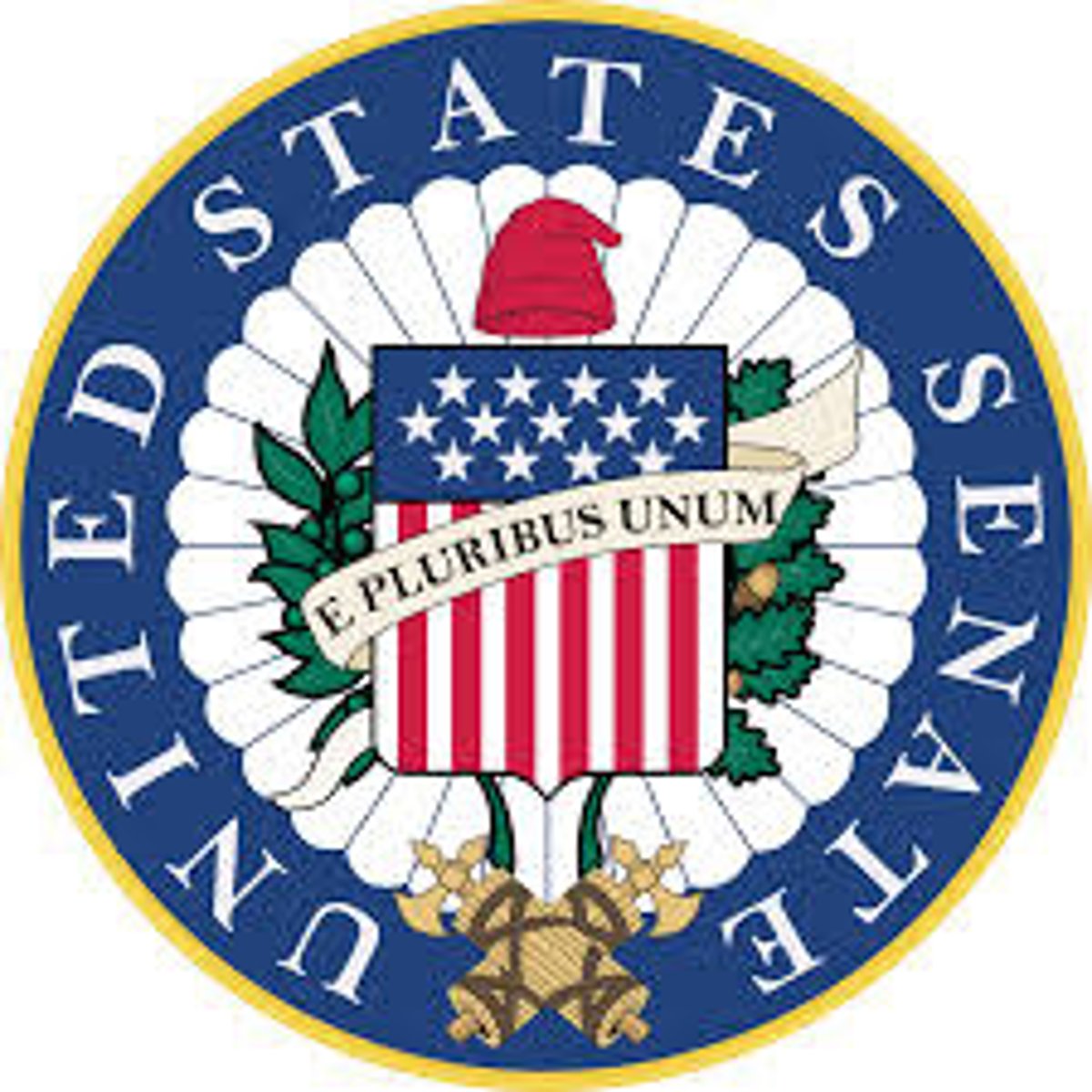
Three Fifths Compromise
At the Constitutional Convention it was agreed that each slave would be counted as three-fifths of a person for the purpose of determining a state's level of taxation and representation. (p. 105)
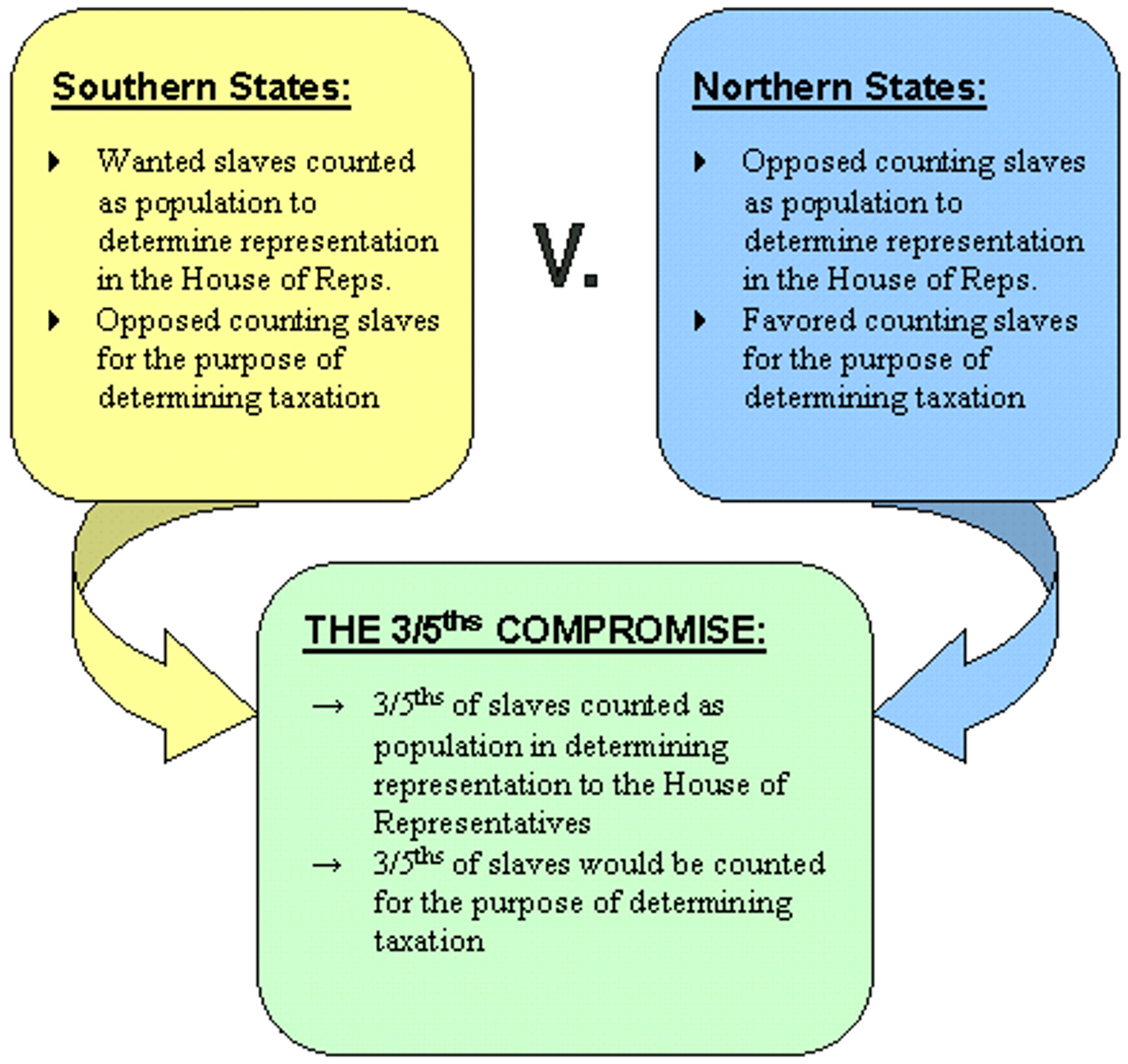
Commercial Compromise
At the Constitutional Convention Congress was allowed to regulate interstate and foreign commerce, including placing tariffs on foreign imports but prohibited for placing taxes on exports. (p. 105)
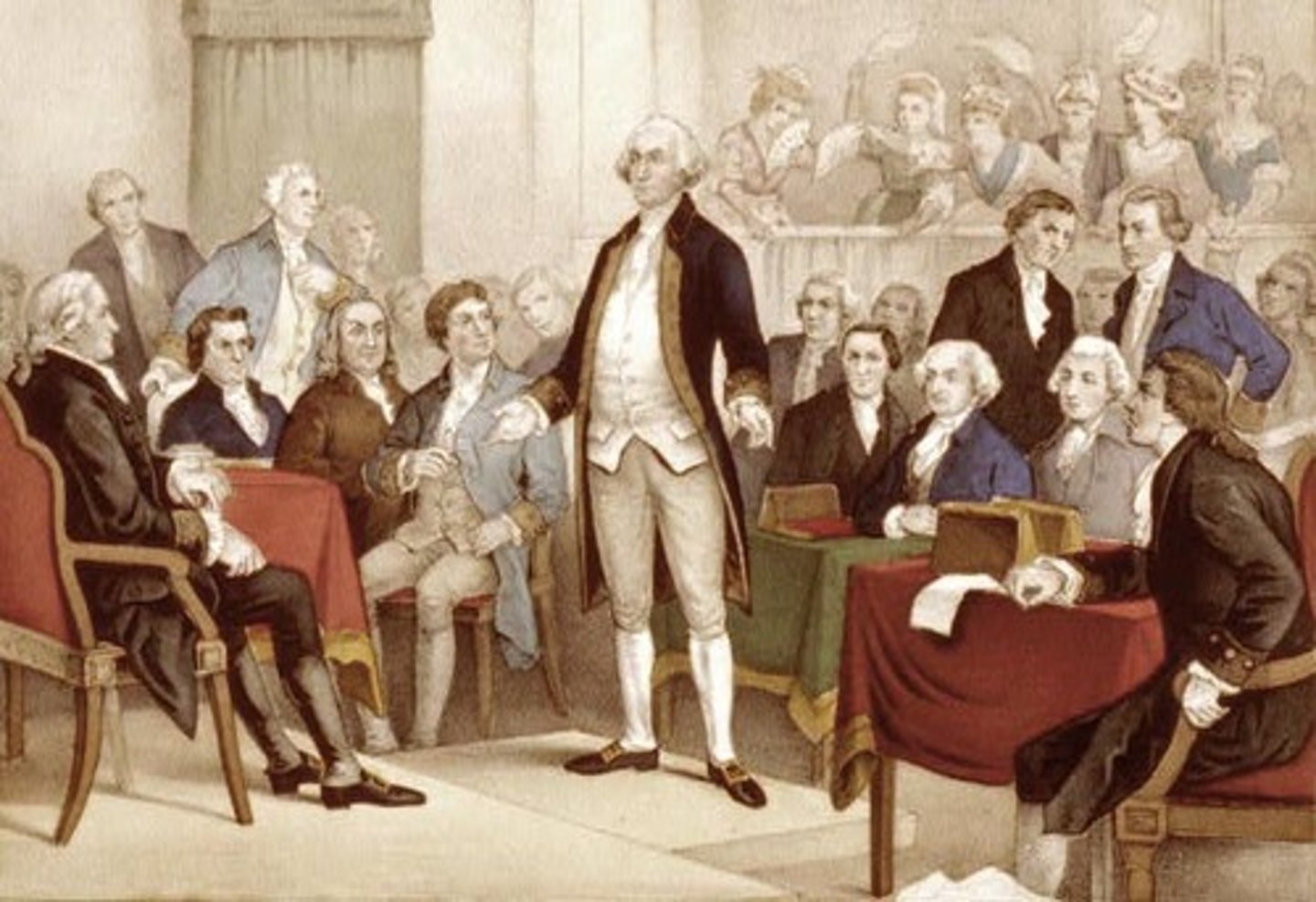
electoral college system
This system would determine the president of the United States. Each state was given a number of electors equal to the total of their number of representatives and senators. These electors would then vote to determine the president. (p. 106)
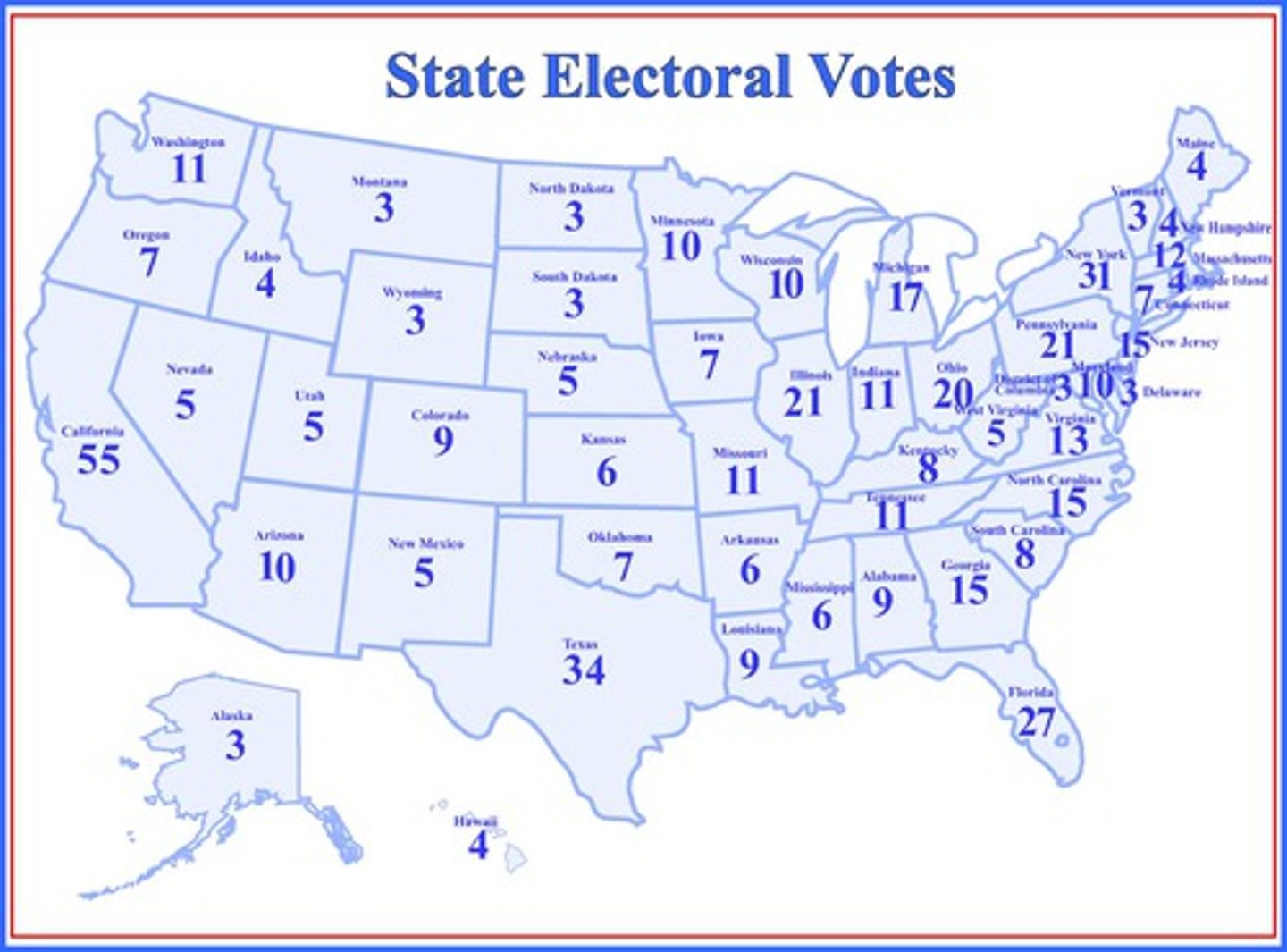
Legislative branch
The branch of the federal government that makes the laws, consisting of the Senate and the House of Representatives. (p. 105)
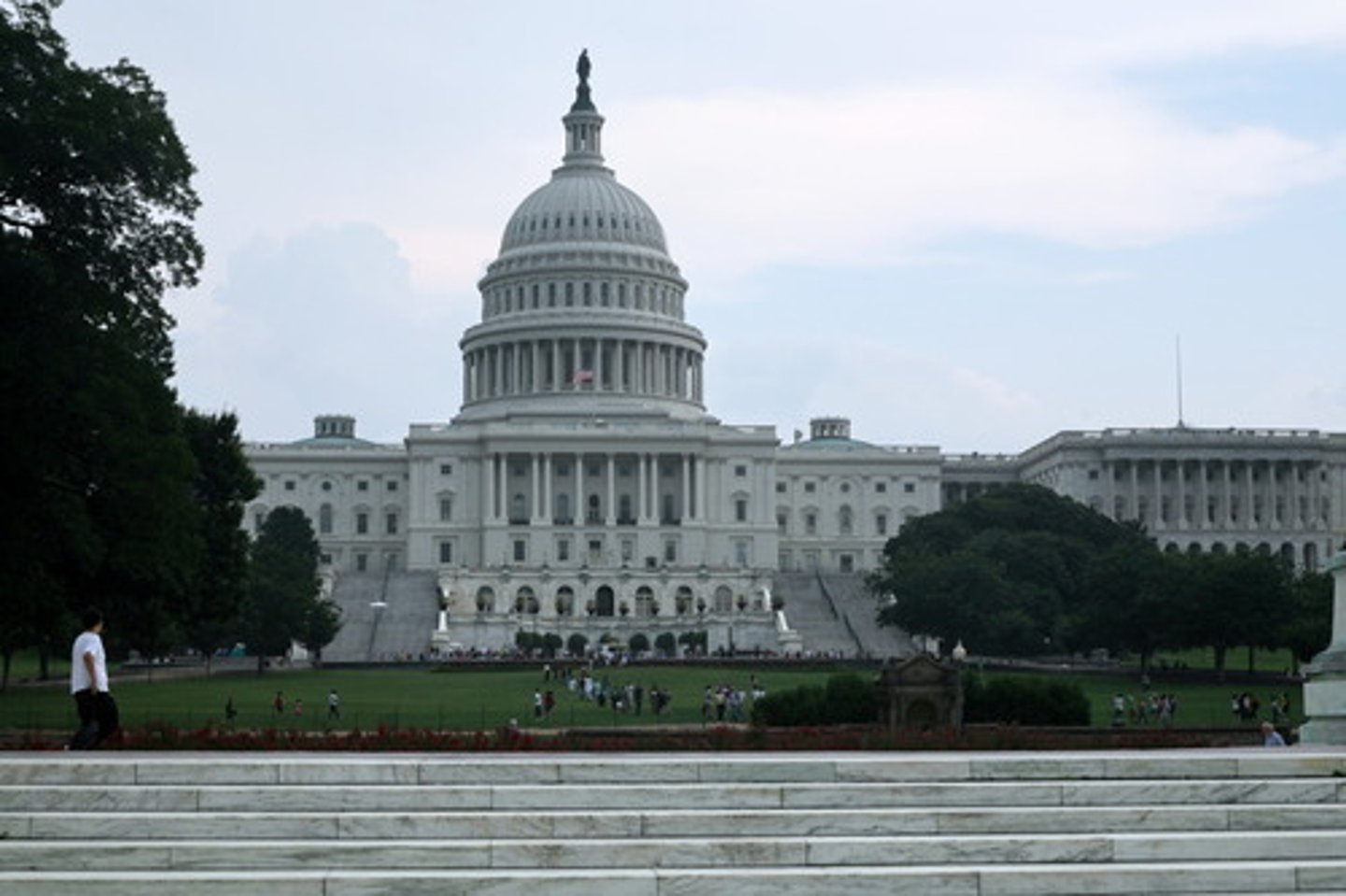
Congress
The legislative branch consisting of the Senate and the House of Representatives. (p. 105)
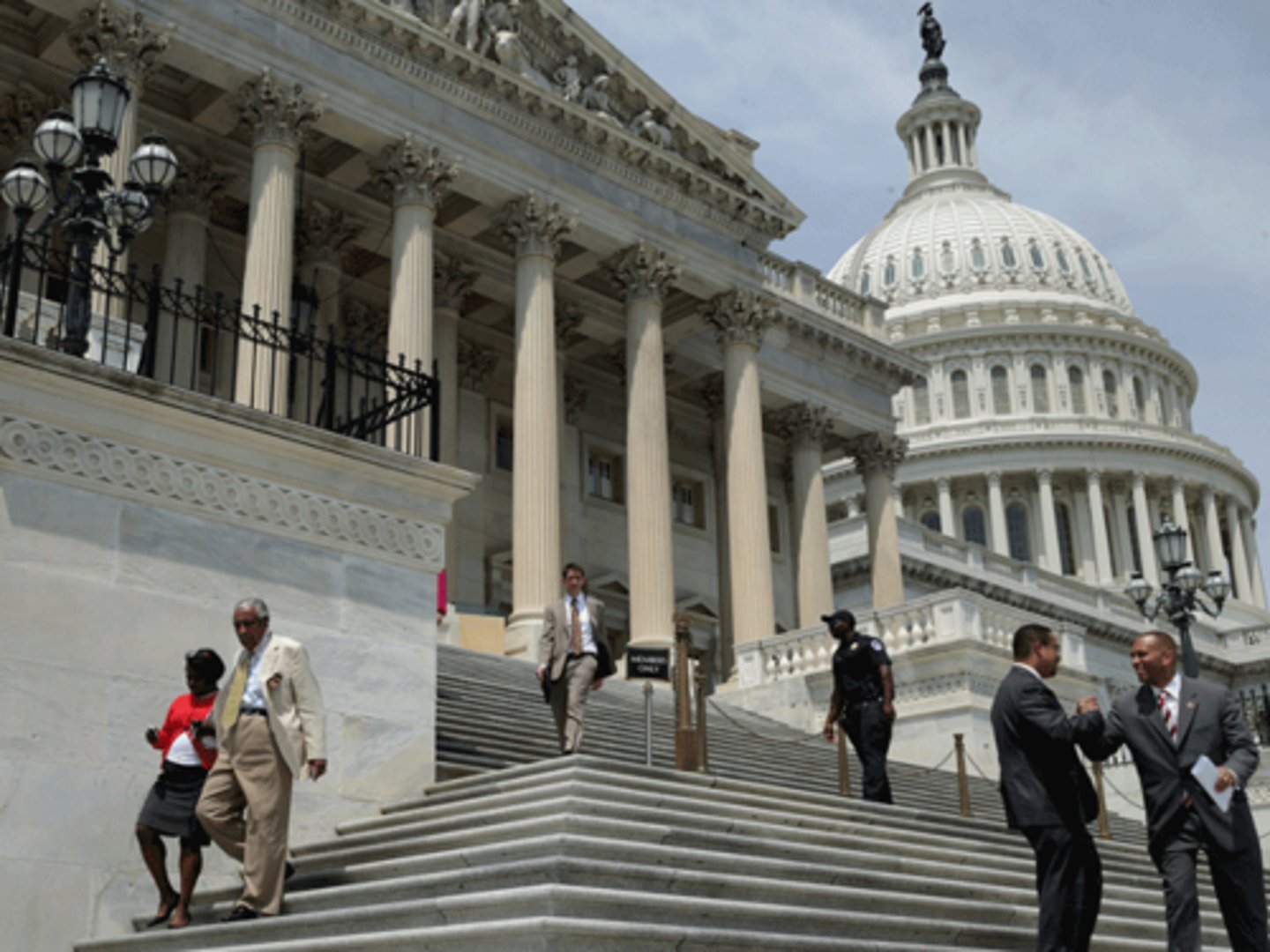
executive departments; cabinet
George Washington organized new departments of the executive (law-enforcing) branch. These appointments had to be confirmed by the Senate.
The term for the heads of the executive departments appointed by the president. (p. 110)
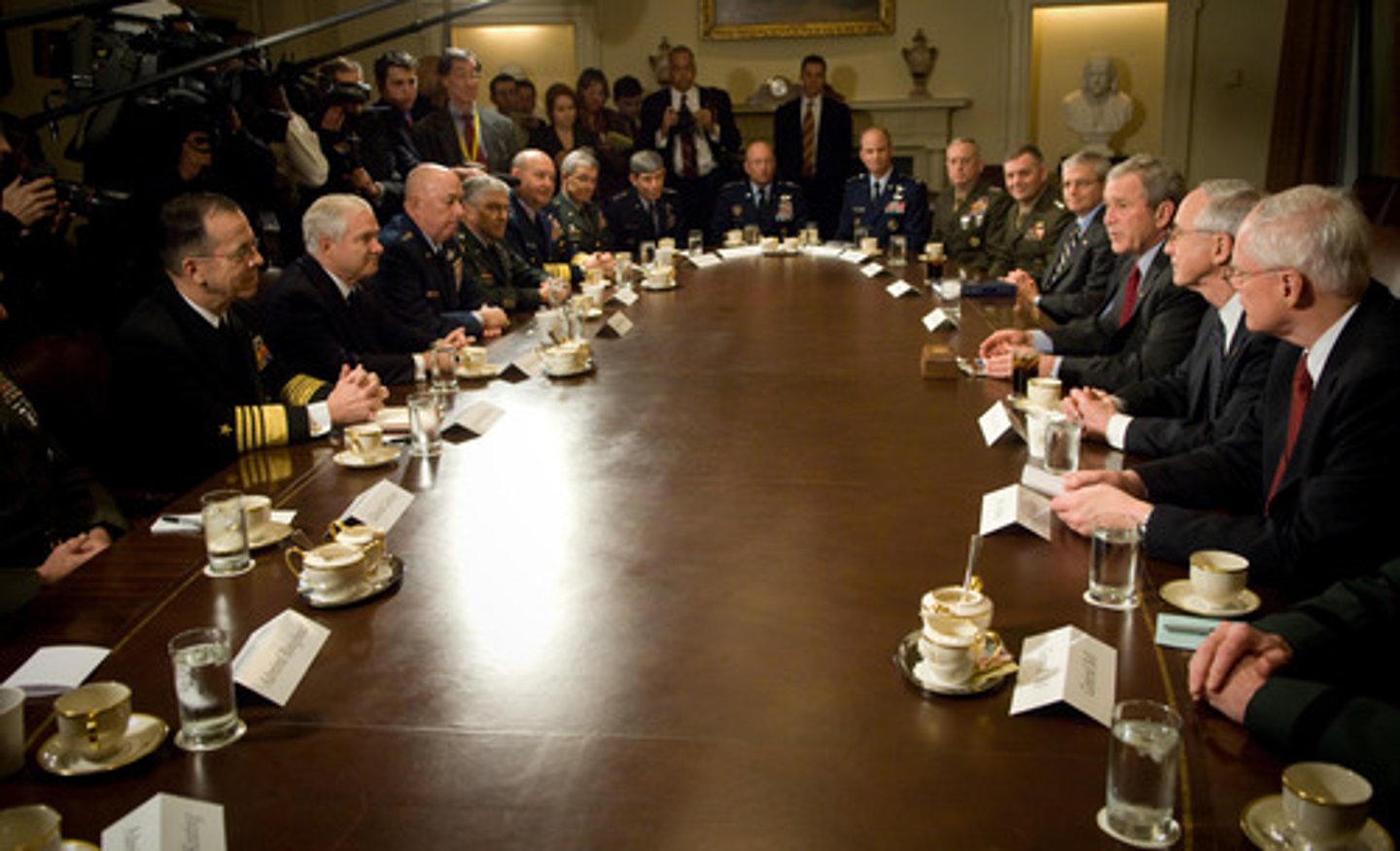
Henry Knox
President George Washington's secretary of war. (p. 110)
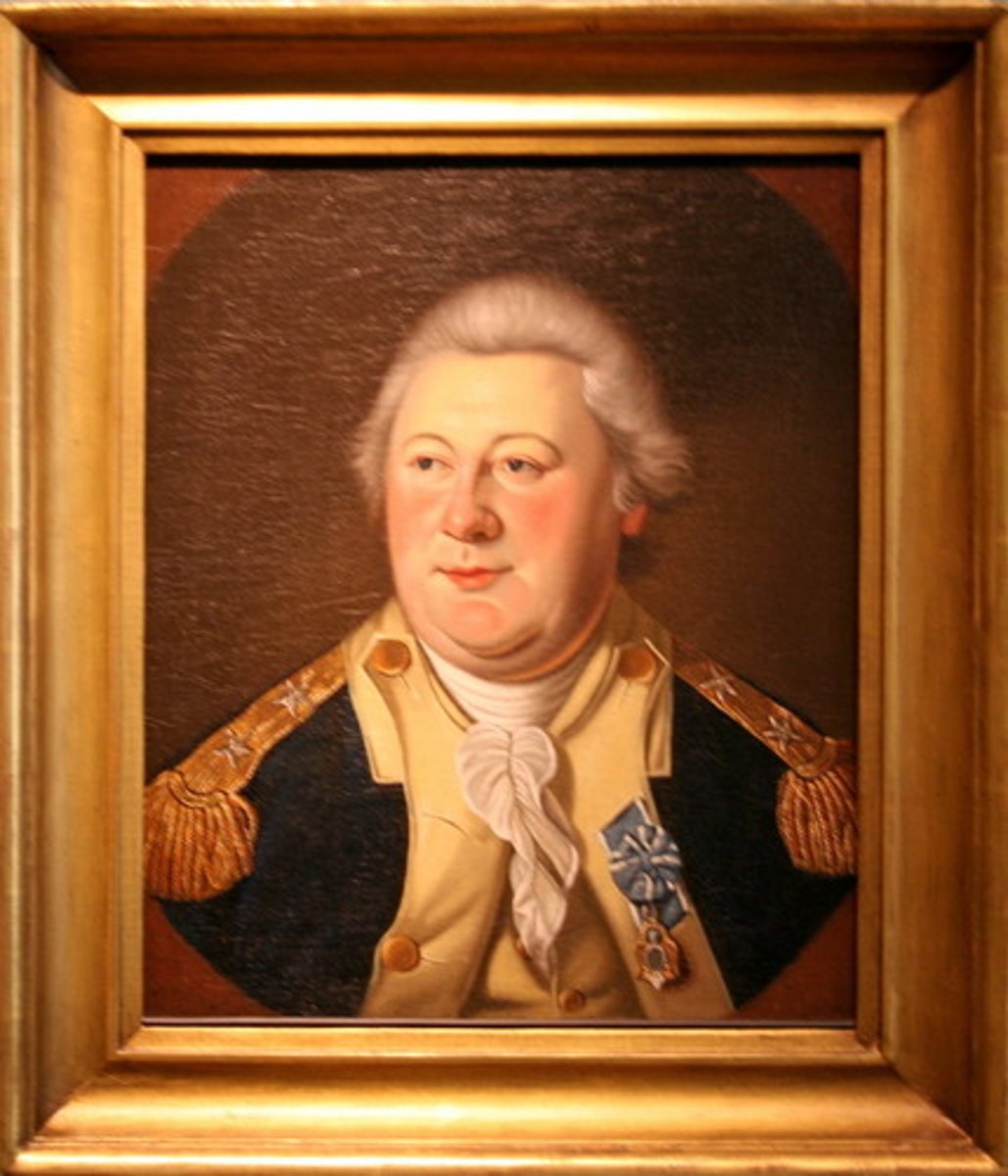
Edmund Randolph
President George Washington's attorney general. (p. 110)
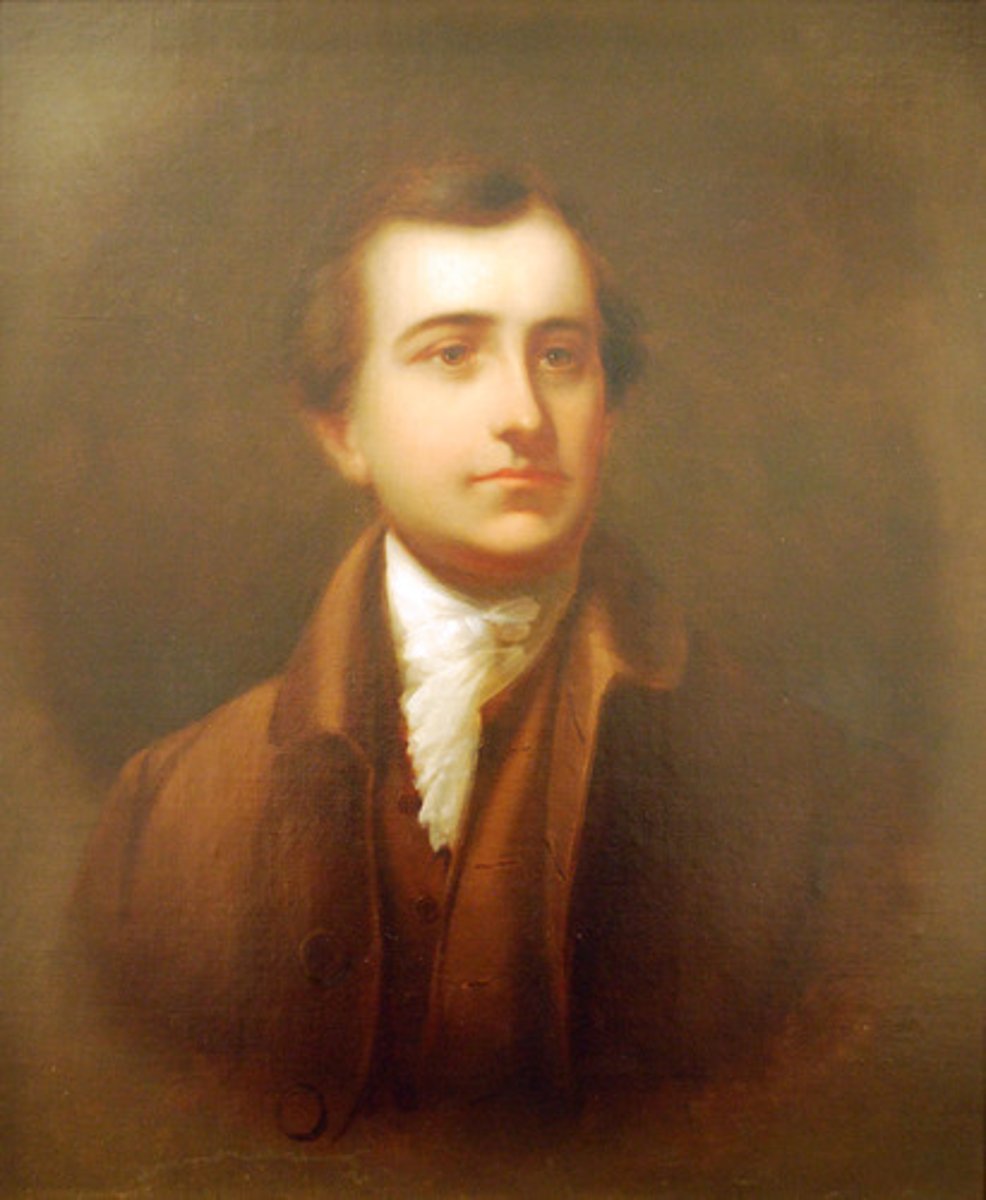
Judiciary Act (1789)
In 1789, this act established a Supreme Court with one chief justice and five associate justices. The Supreme Court was able to rule on the constitutionality of state courts. It provided for a system of thirteen district courts and three courts of appeals. (p. 110)
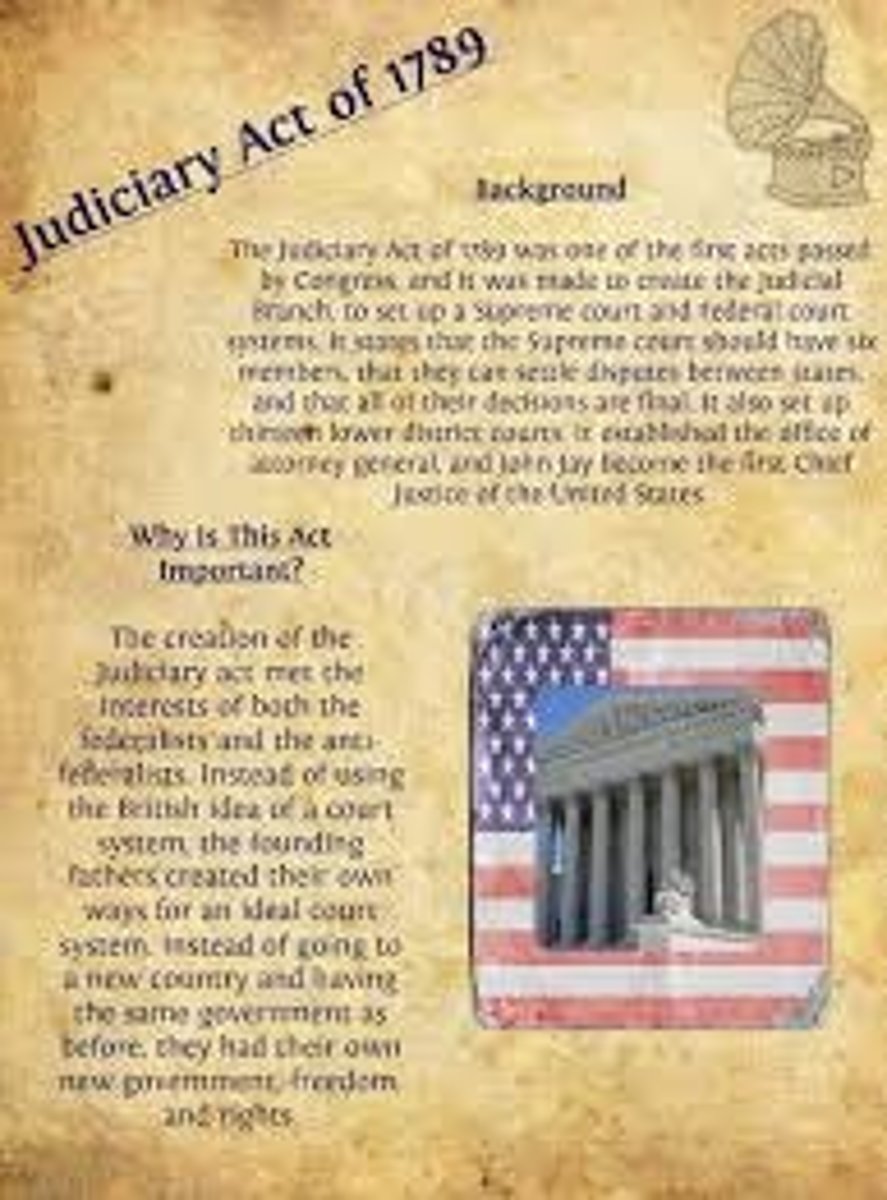
federal courts
Thirteen district courts and three courts of appeals created by the Judiciary Act. (p. 110)
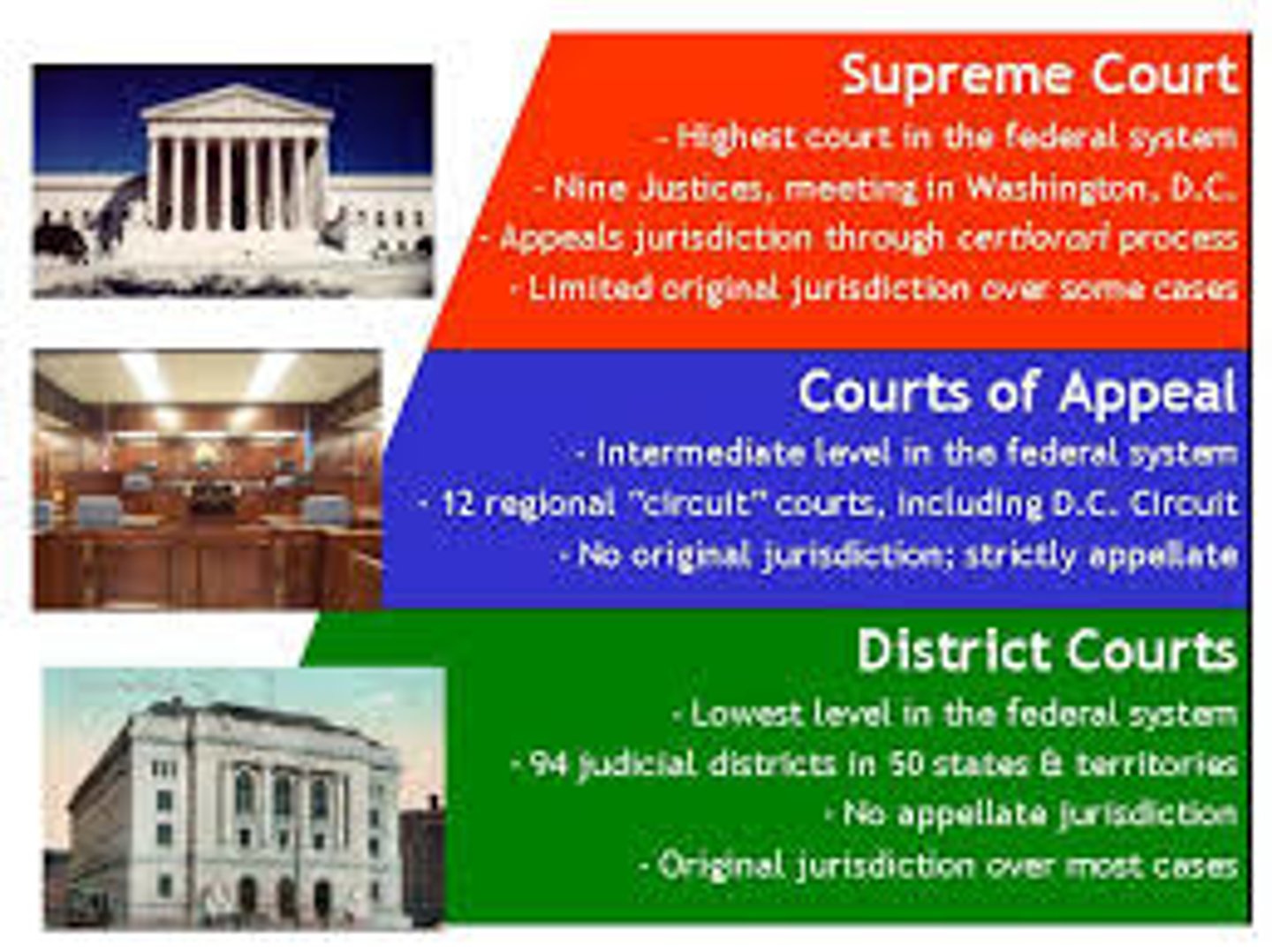
Supreme Court
The only court mentioned in the Constitution. Although, other federal courts were created. (p. 110)
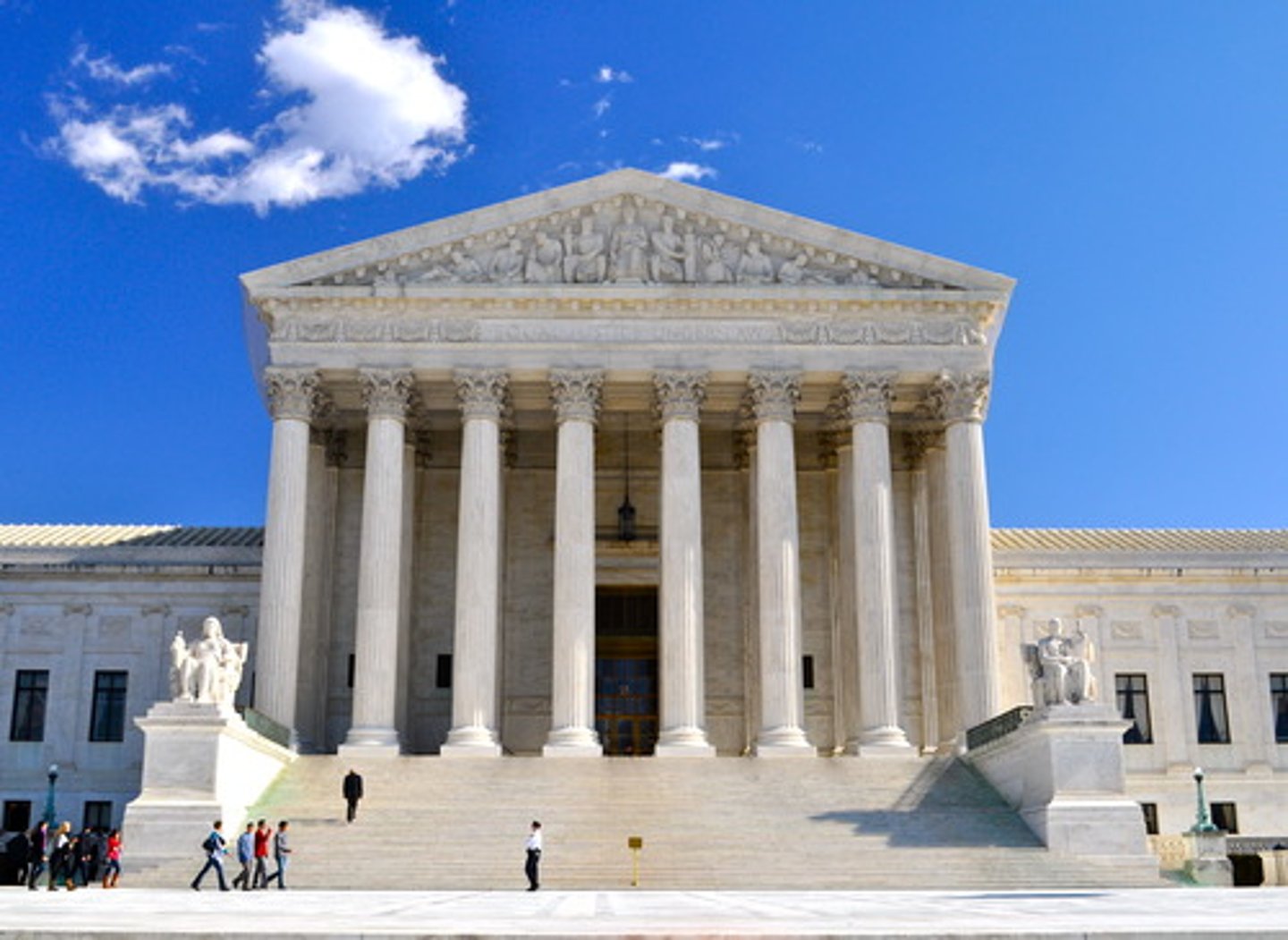
national debt
This was part of Federalist Alexander Hamilton's economic plan. He insisted that the federal government assume the war debts of the states and pay off the national debt at face value. (p. 110)
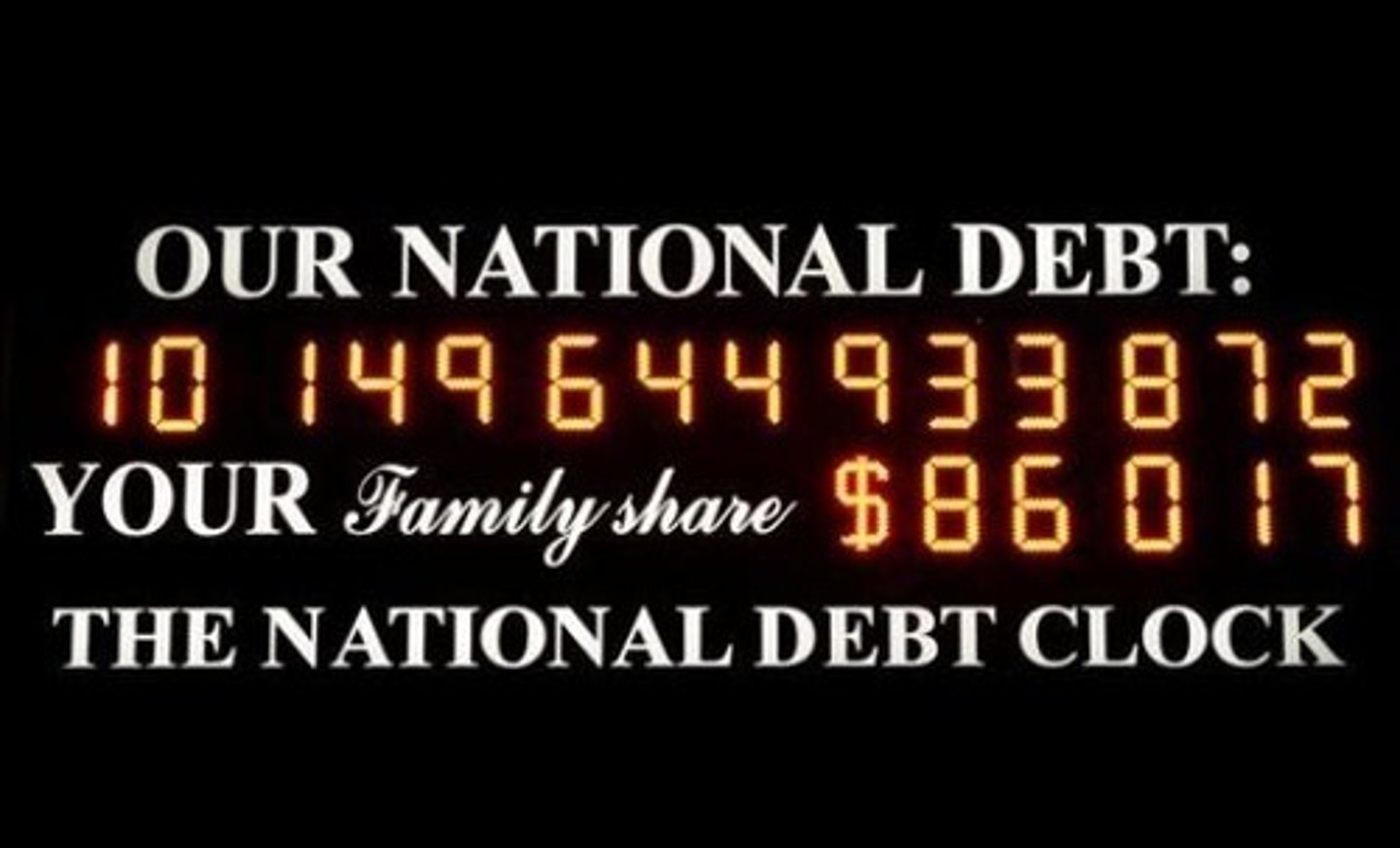
Whiskey Rebellion
In 1794, a group of farmers in western Pennsylvania, refused to pay a federal excise tax (tax on a specific product) on whiskey they were producing. President Washington responded by using 15,000 militiamen to stop the rebellion with almost no bloodshed. (p. 113)
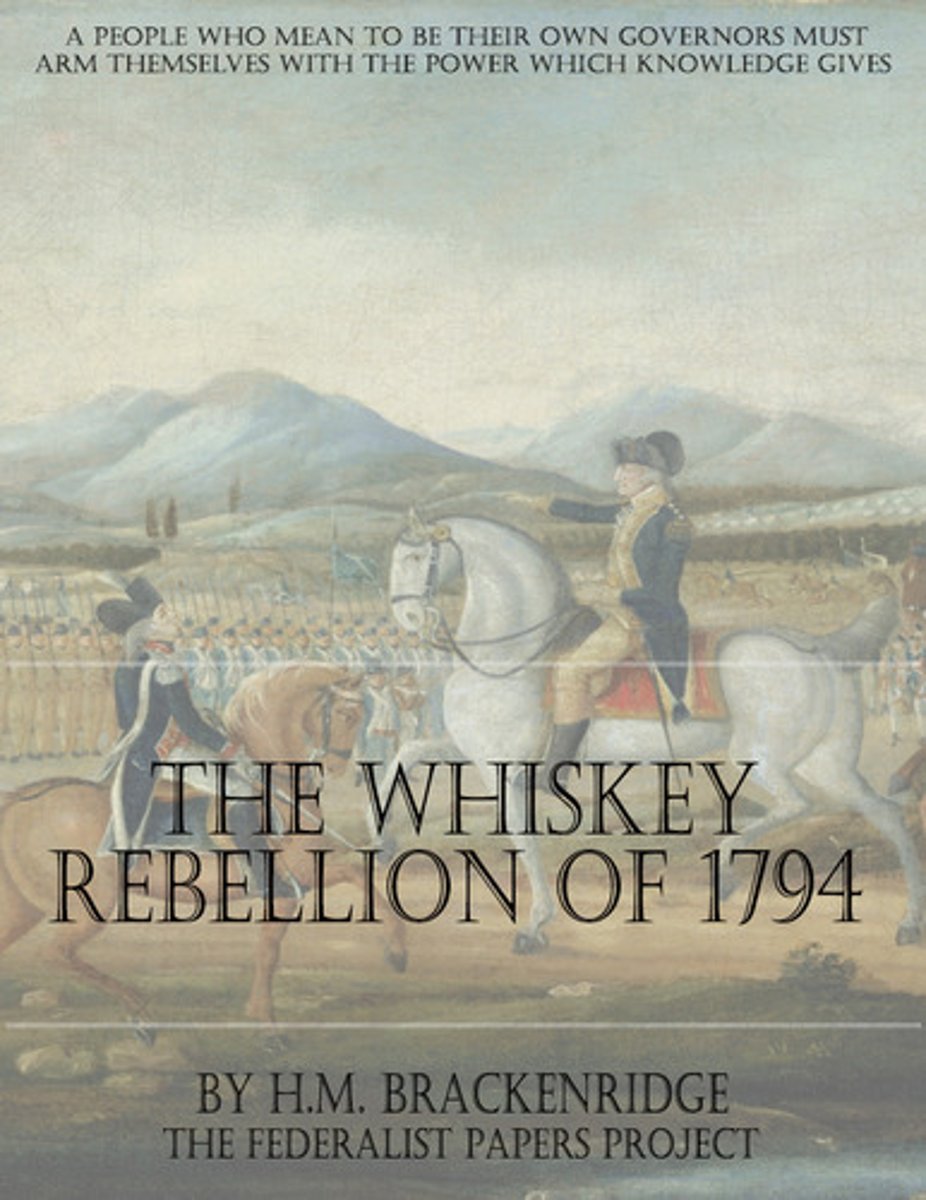
Federalists era
The period of U.S. history in the 1790s when Federalists, led by Alexander Hamilton, dominated the government. (p. 114)
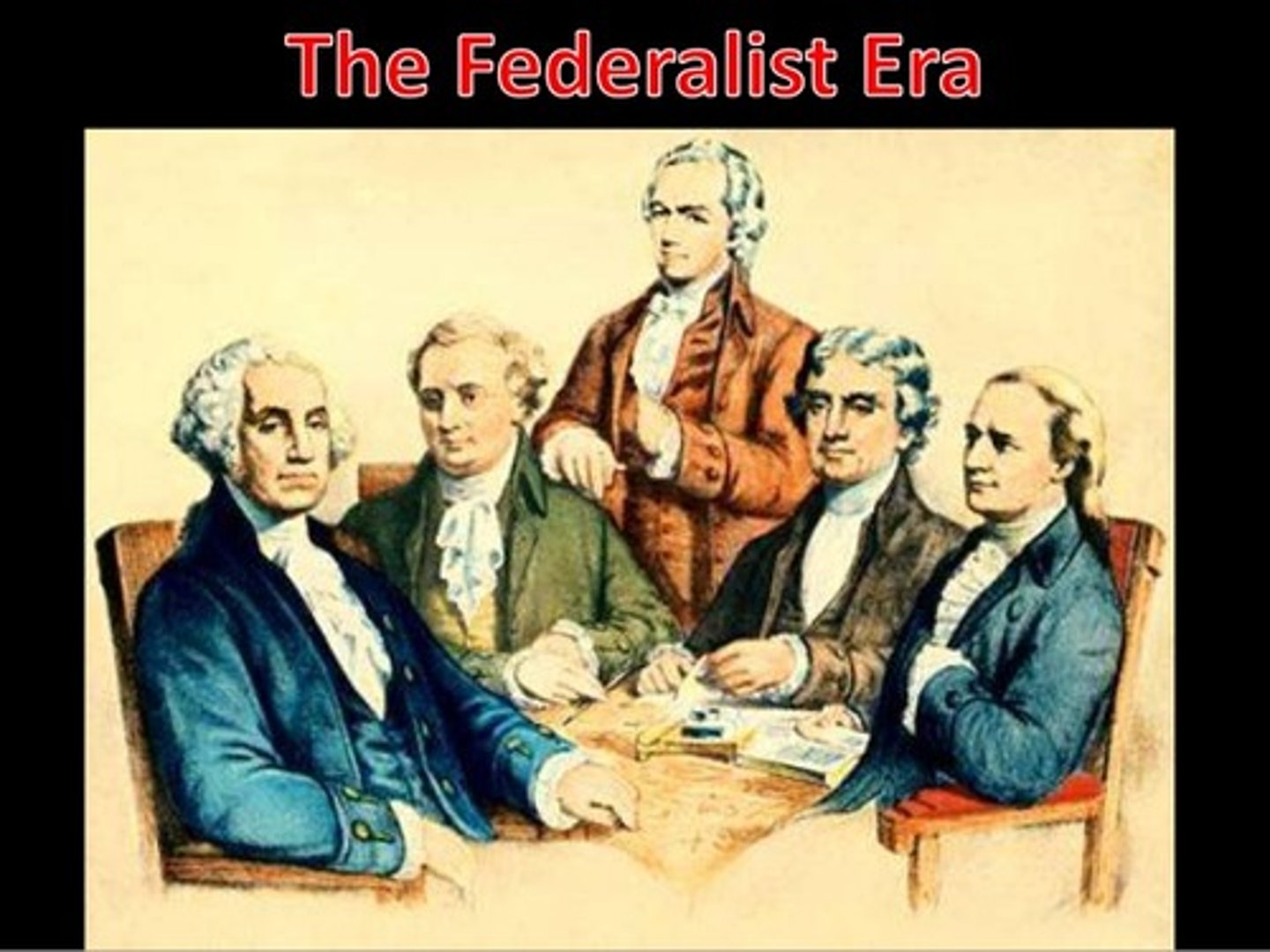
Democratic-Republican Party
Political party that were against the Federalists. They opposed strong central government and favored states rights. They were led by Thomas Jefferson. (p. 114)
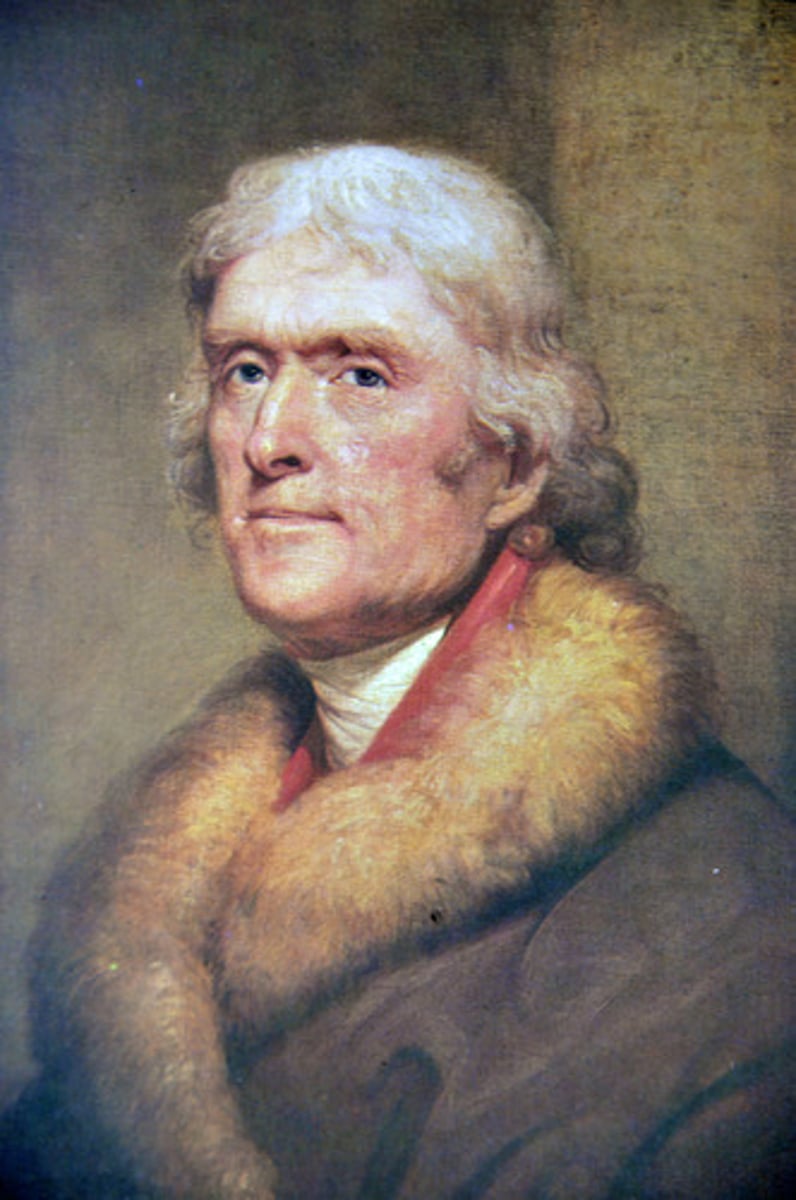
political parties
Not anticipated by founders of the United States. However, buy 1787, the Federalists and Democratic-Republicans parties were forming to push their agendas. (p. 113)
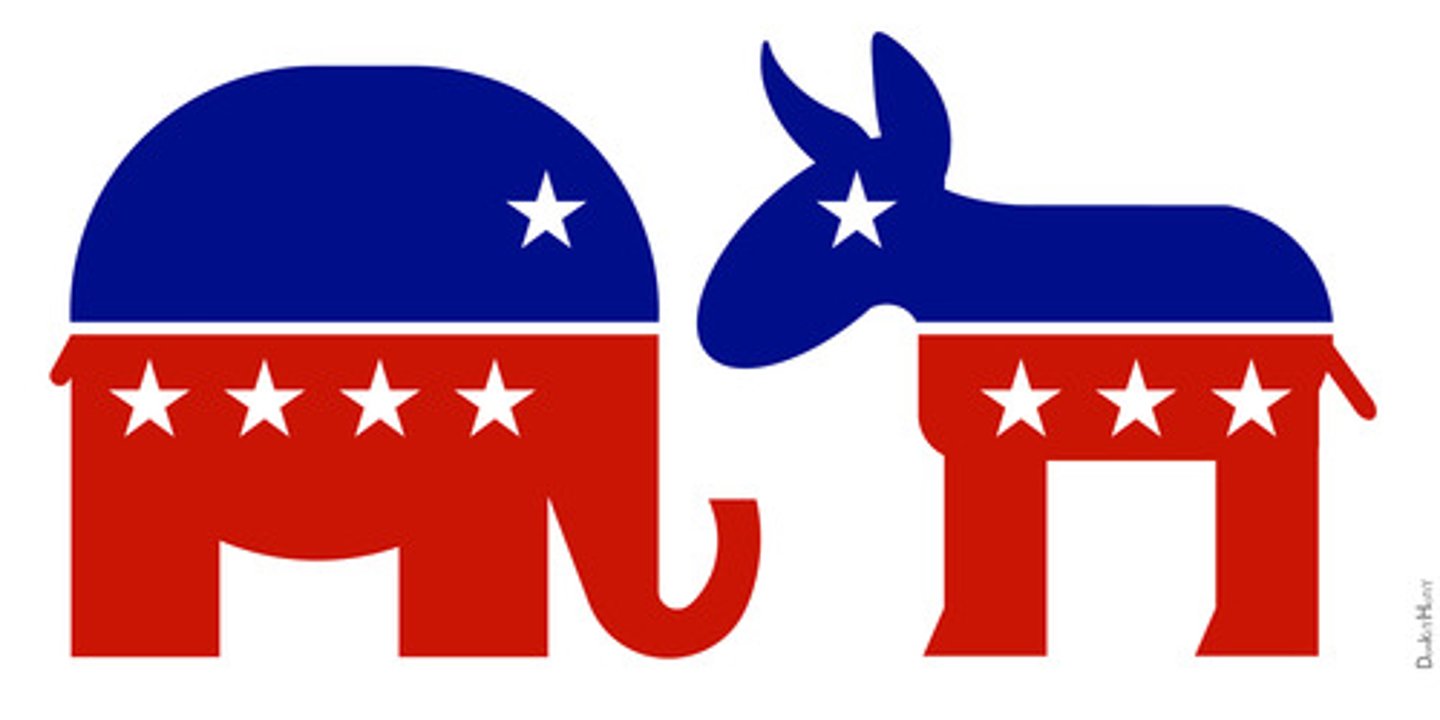
two-term tradition
In 1796, George Washington decided to step down after two terms (four years per term) as president. This set the precedent, until Franklin Delano Roosevelt won four elections. In 1951, the 22nd amendment made two-term limit part of the Constitution. (p. 115)
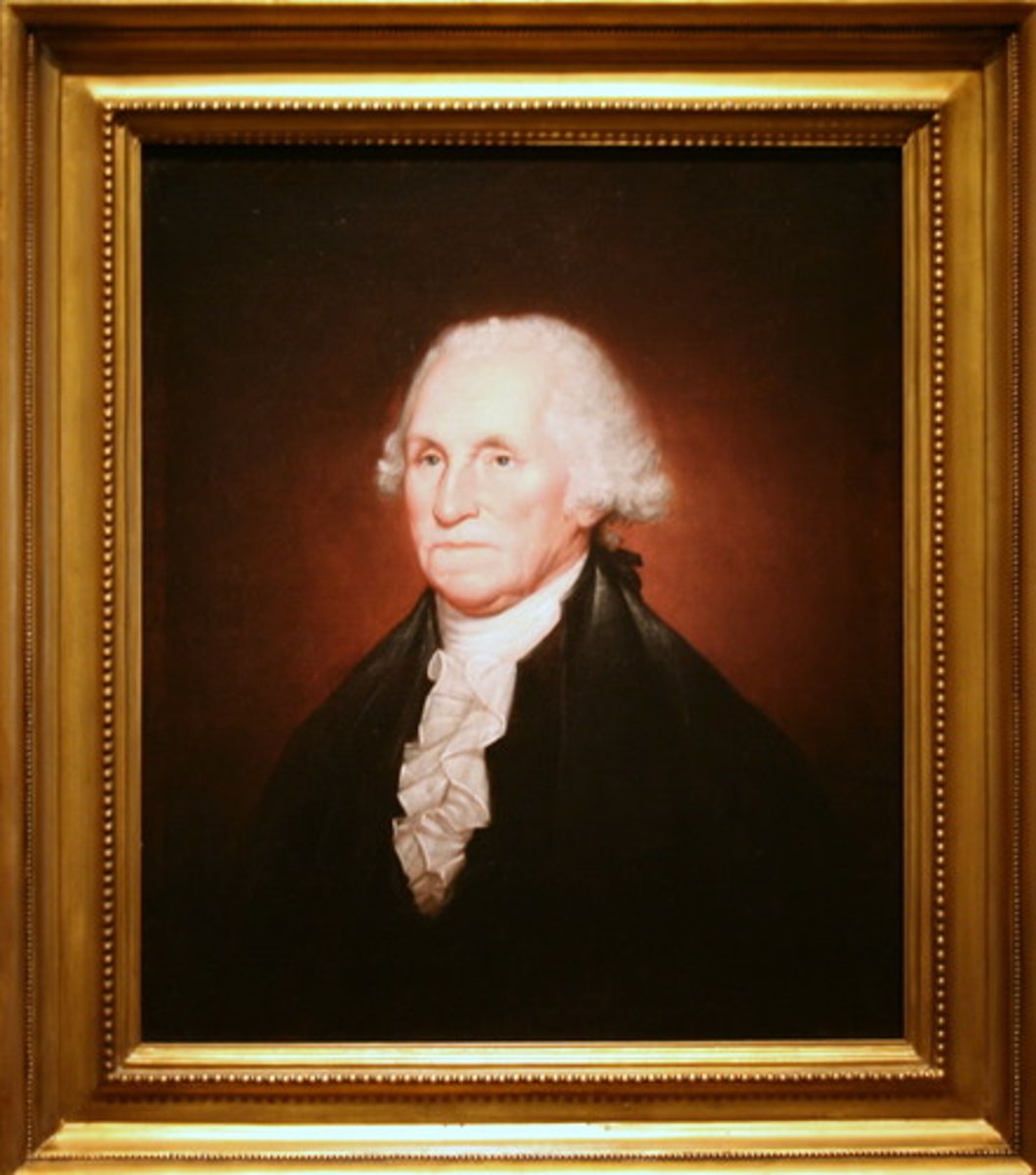
John Adams
In 1796, this Federalist, was elected as the second president of the United States. In 1800, he lost the presidential election to Thomas Jefferson, a Democratic-Republican. (p. 115, 117)
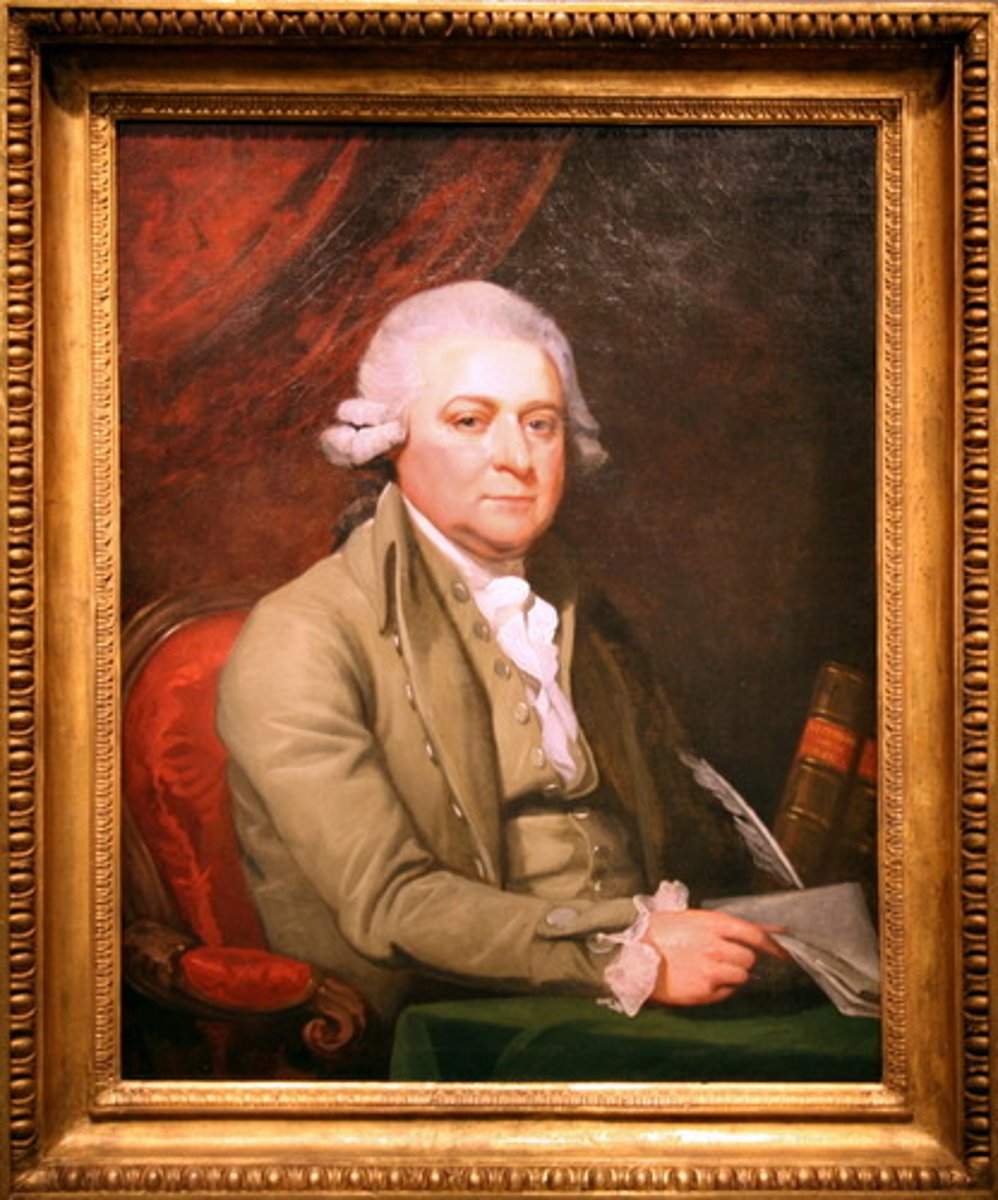
Revolution of 1800
In the 1800 election, Democratic-Republicans came into power in both the executive and legislative branches of government. They defeated the Federalists and peacefully took power, which was an uncommon event at that time in history. (p. 118)
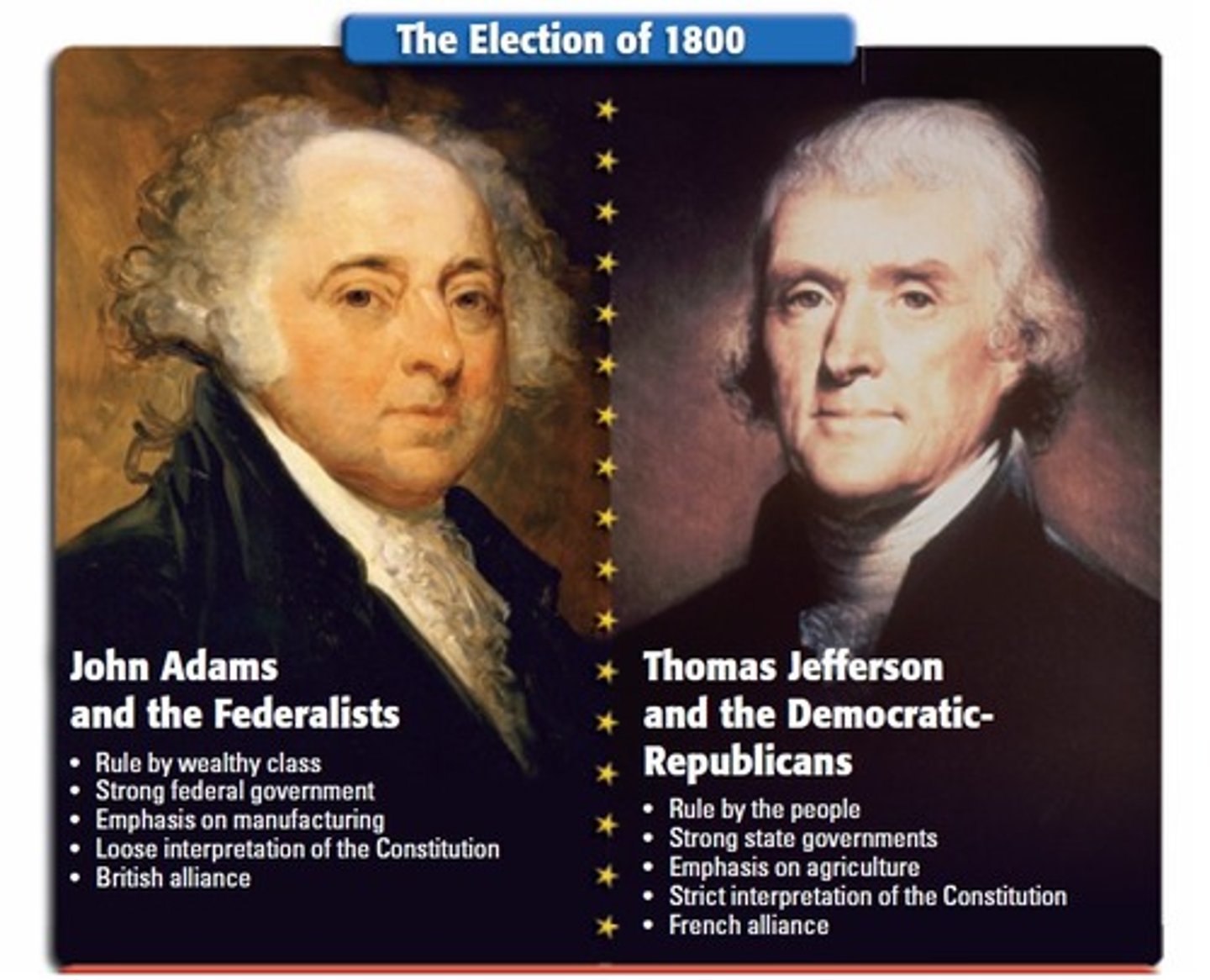
French Revolution
Americans generally supported the French people's aspiration to establish a republic, but many were horrified by the reports of mob hysteria and mass executions. Thomas Jefferson and his supporters argued that the U.S. should join France in its defensive war against Britain. However, George Washington believed that the U.S. was too young a nation and not strong enough to engage in a European war. (p. 111)
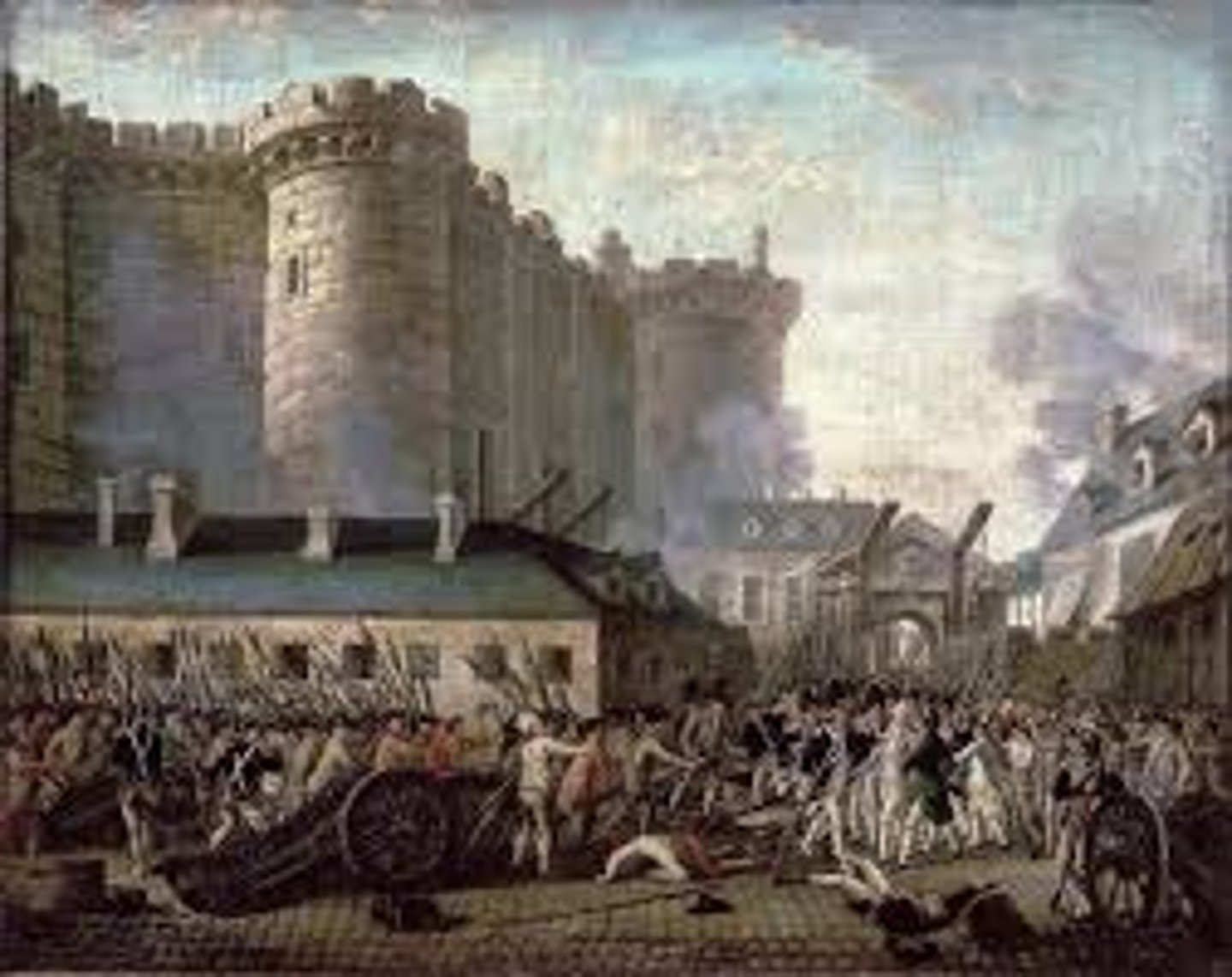
Proclamation of Neutrality (1793)
In 1793, President George Washington issued a proclamation the U.S. would remain neutral in the war between Britain and France. (p. 111)
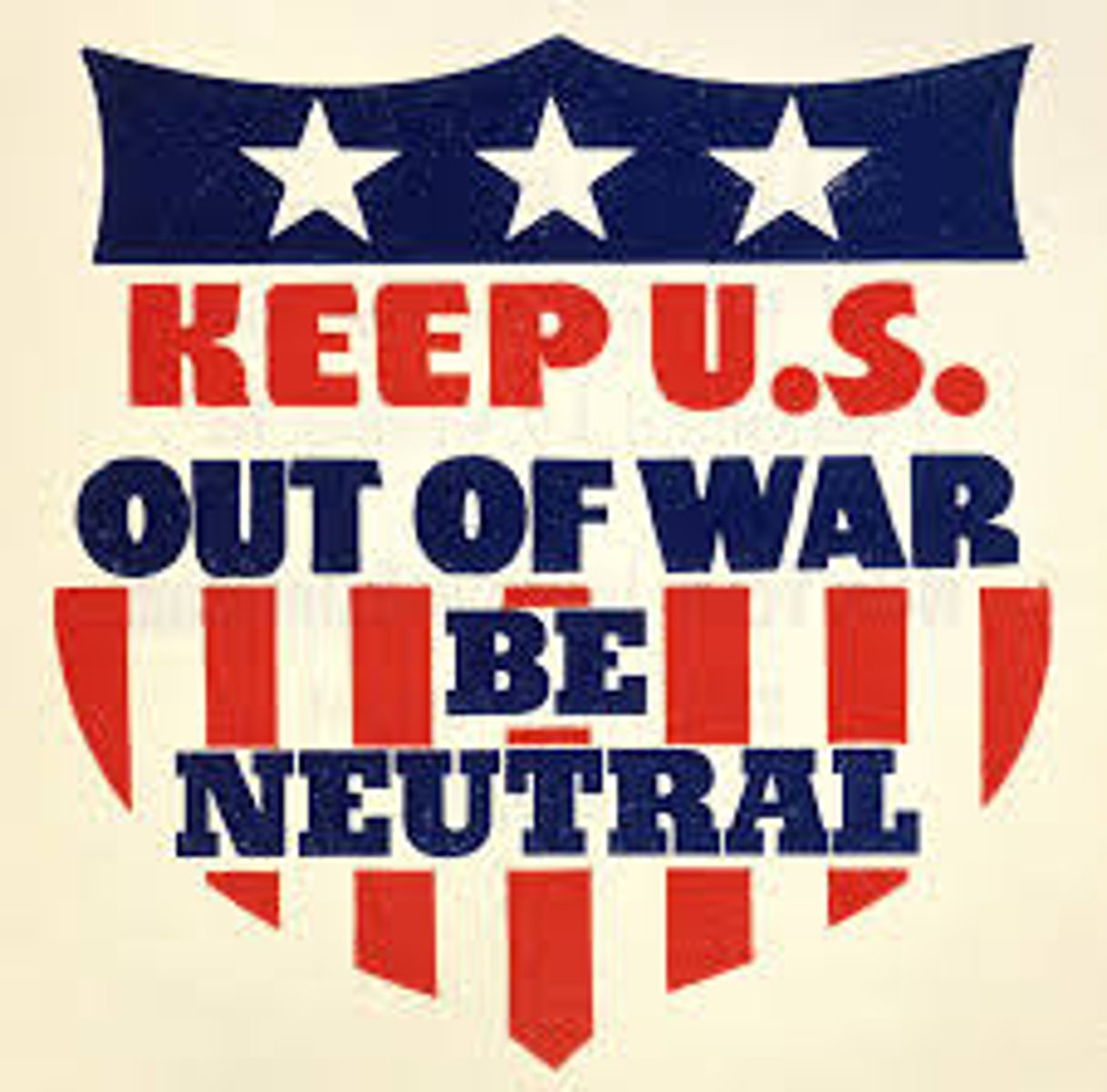
"Citizen" Genet
Edmund Gent, the French minister to the United States, objected to Washington's neutrality in the war between Britain and France. He appealed directly to the American people to support the French cause. France removed him from his position at the United States's request. (p. 111)
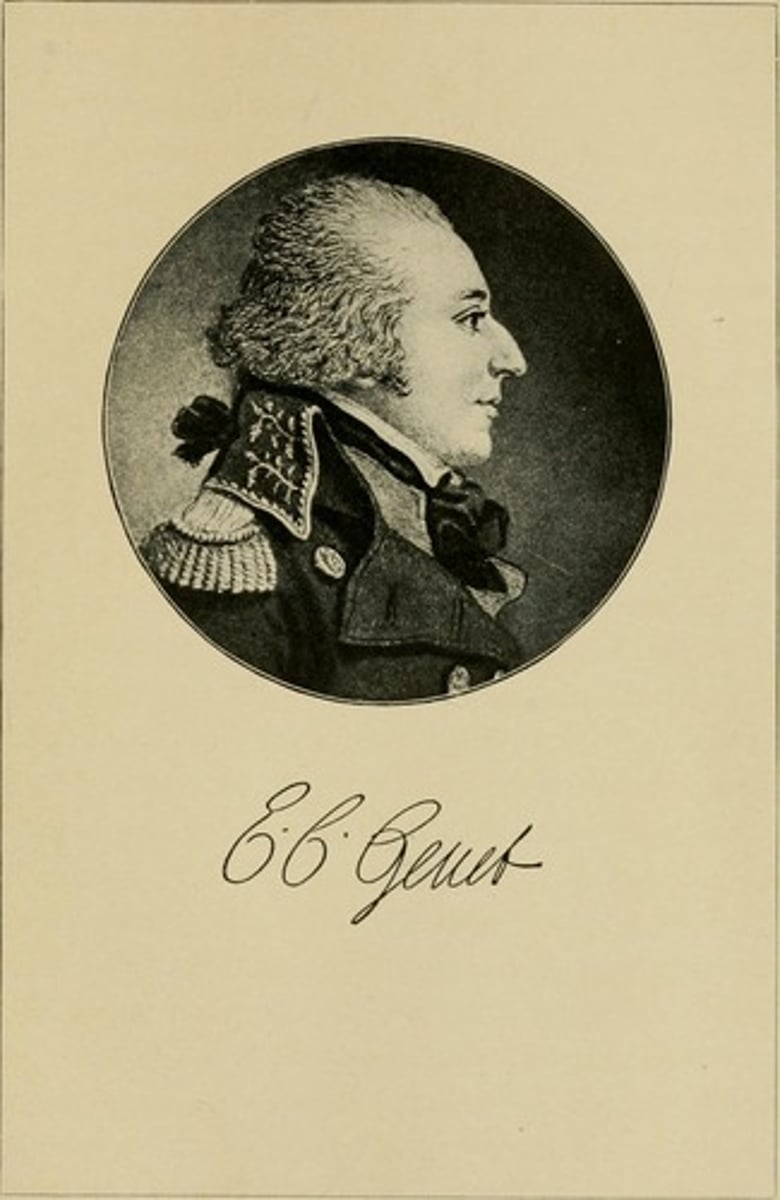
Jay Treaty (1794)
In 1794, this treaty with Britain, was negotiated by Chief Justice John Jay. The U.S. wanted Britain to stop seizing U.S. ships and impressing our sailors. However, the treaty said nothing about ship seizures, and Britain only agreed to evacuate posts on the U.S. frontier. (p. 111)
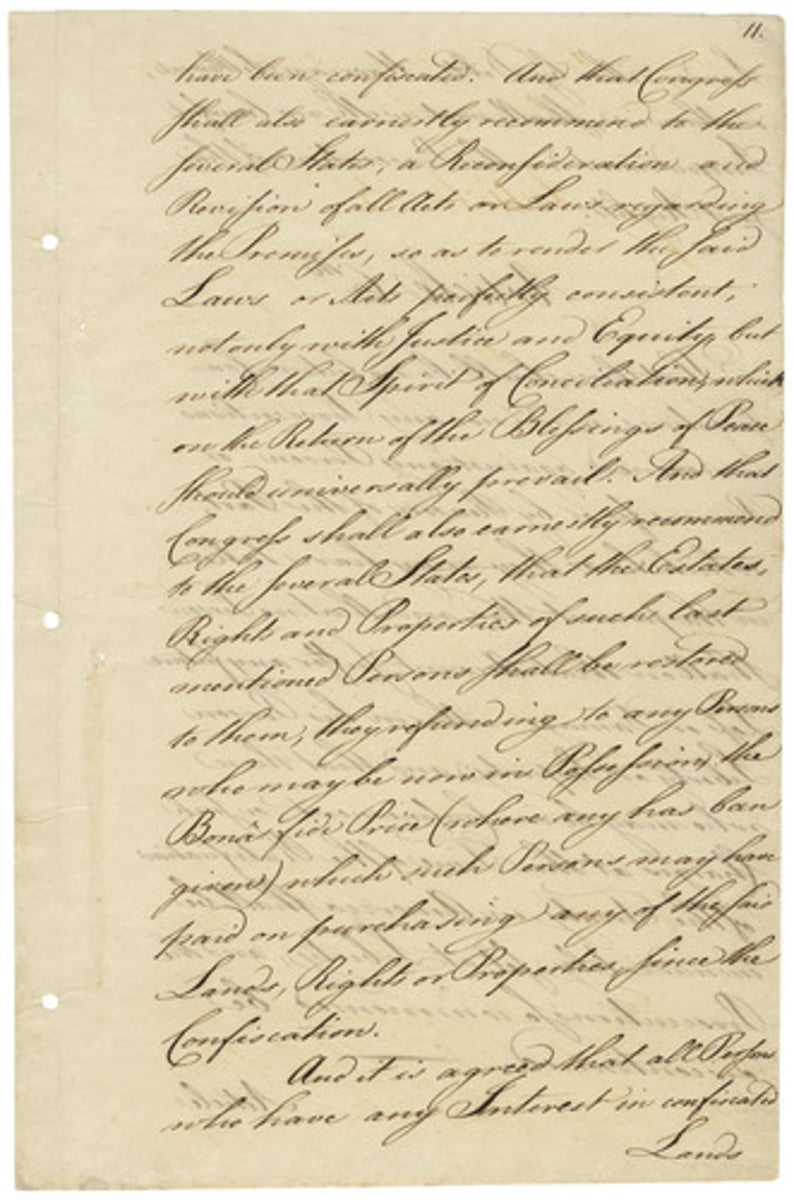
Pinckney Treaty (1795)
In 1795, Thomas Pinckney, the U.S. minister to Spain, negotiated this treaty with Spain. Spain agreed to open the lower Mississippi and New Orleans to trade. The right of deposit was granted to Americans so they could transfer cargos in New Orleans without paying duties. It was agreed that Spain would only control area south of the 31st parallel. (p 112)
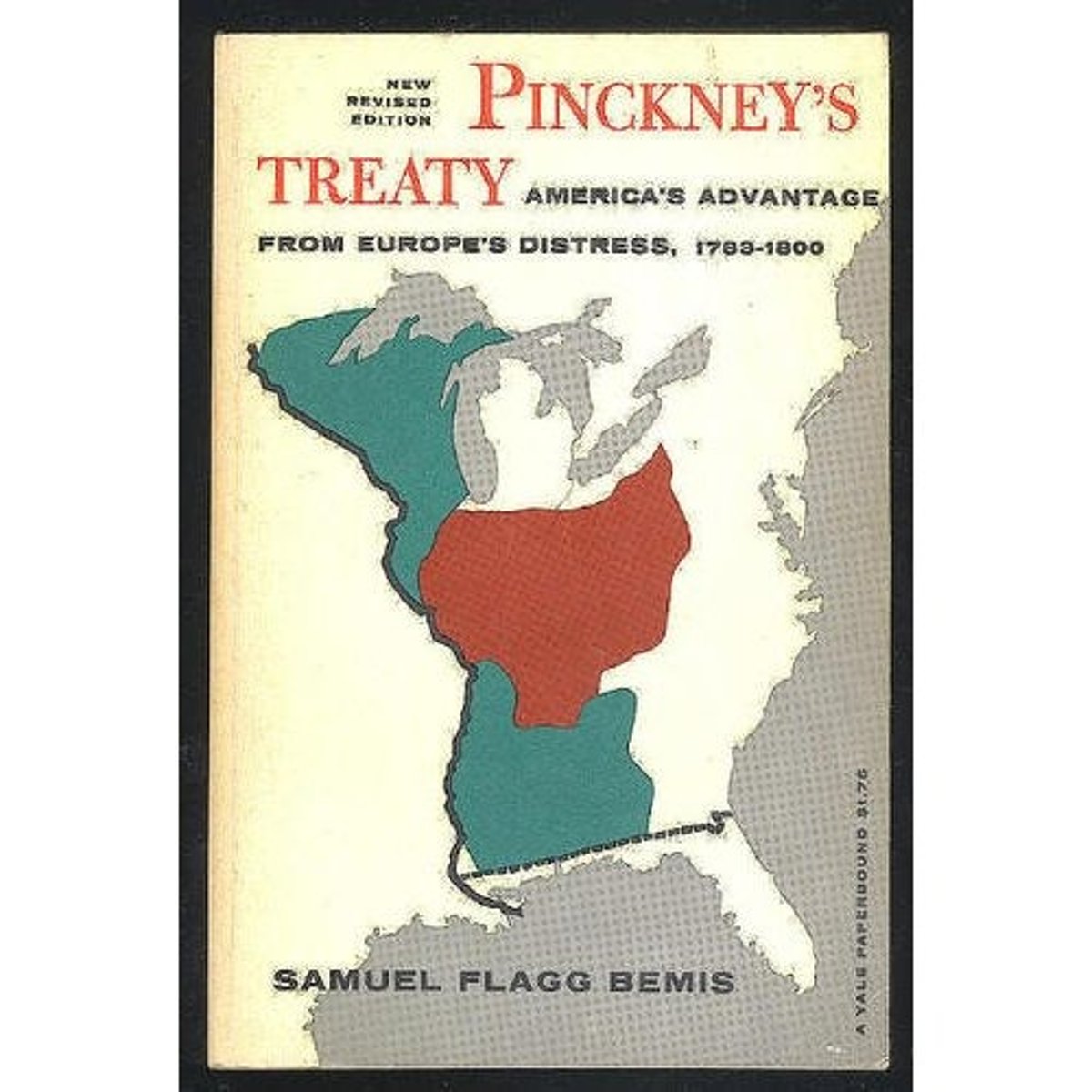
Right of deposit
United States ships gained right to transfer cargoes in New Orleans without Spanish duties. (p. 112)
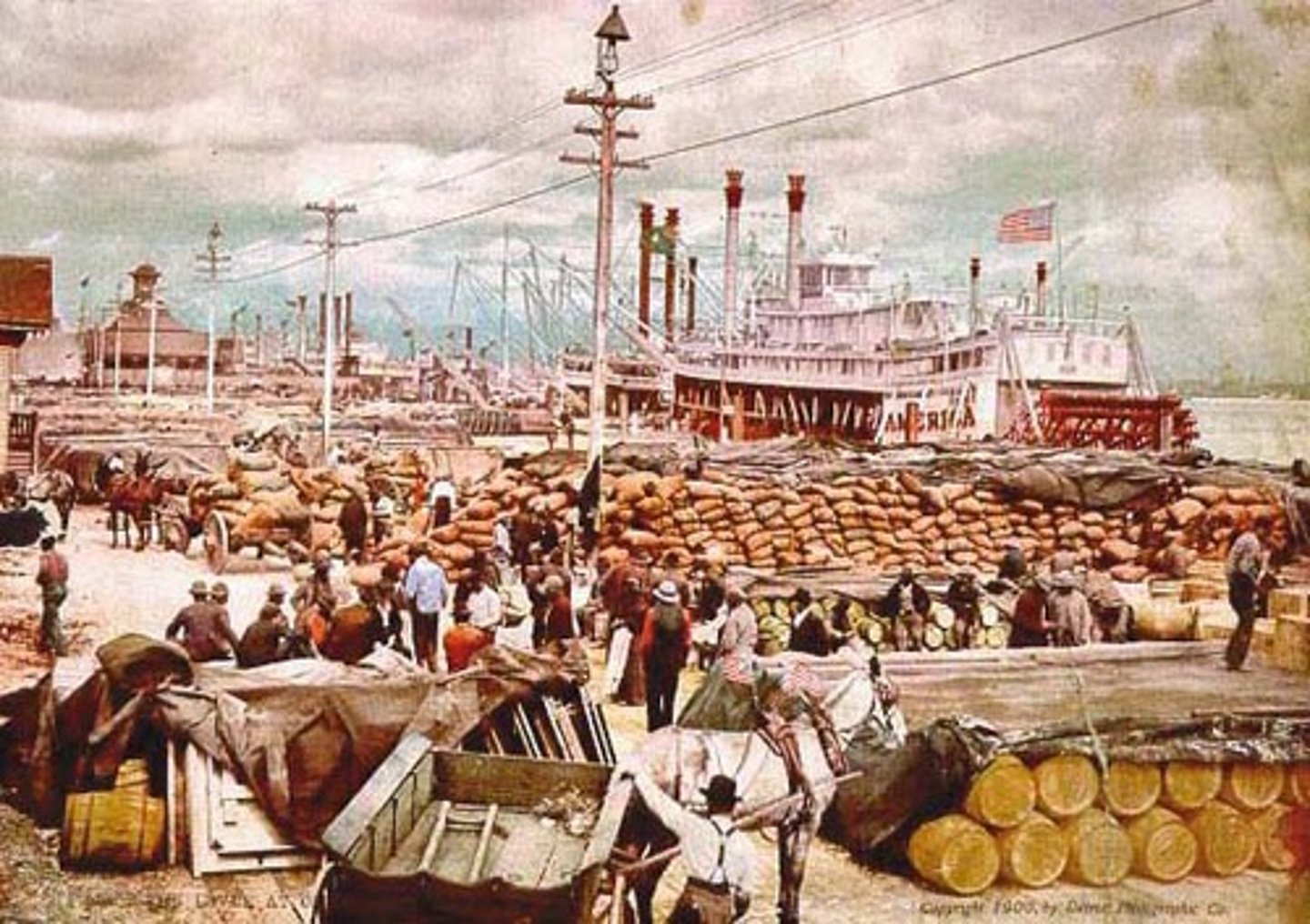
XYZ Affair
President John Adams sent a delegation to Paris to negotiate over U.S. merchant ships being attacked by French ships. French ministers, known as X, Y, and Z, because there names were never revealed, requested bribes. President Adams resisted a call for war, by sending a new delegation to France. (p. 116)
